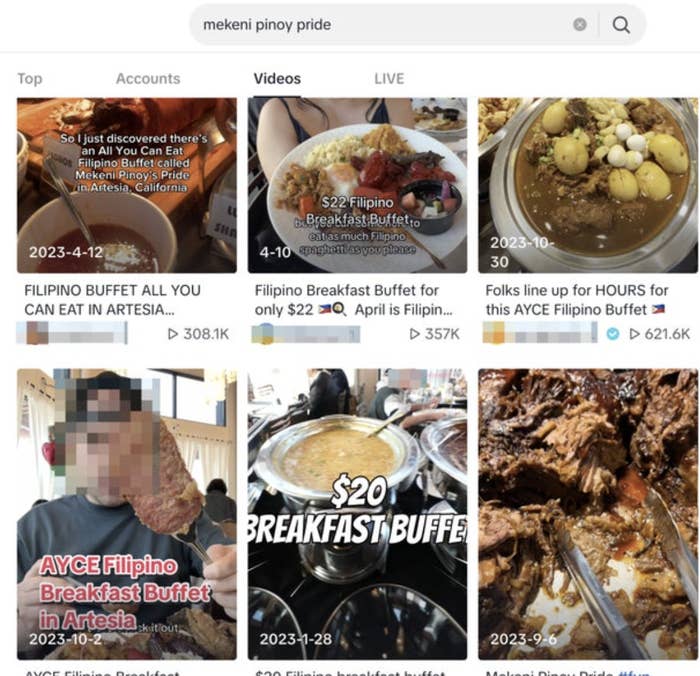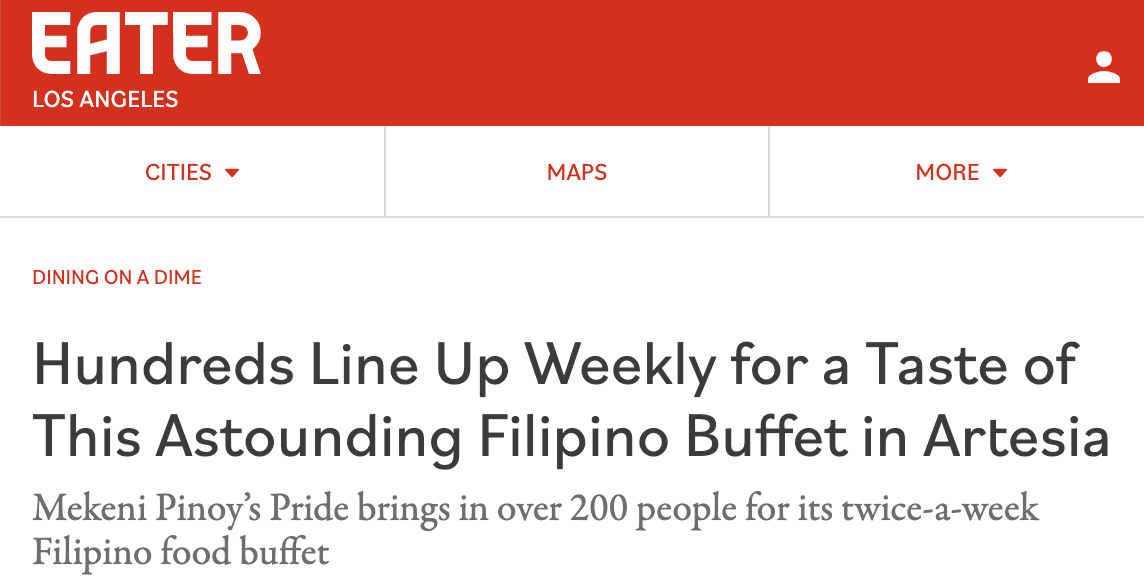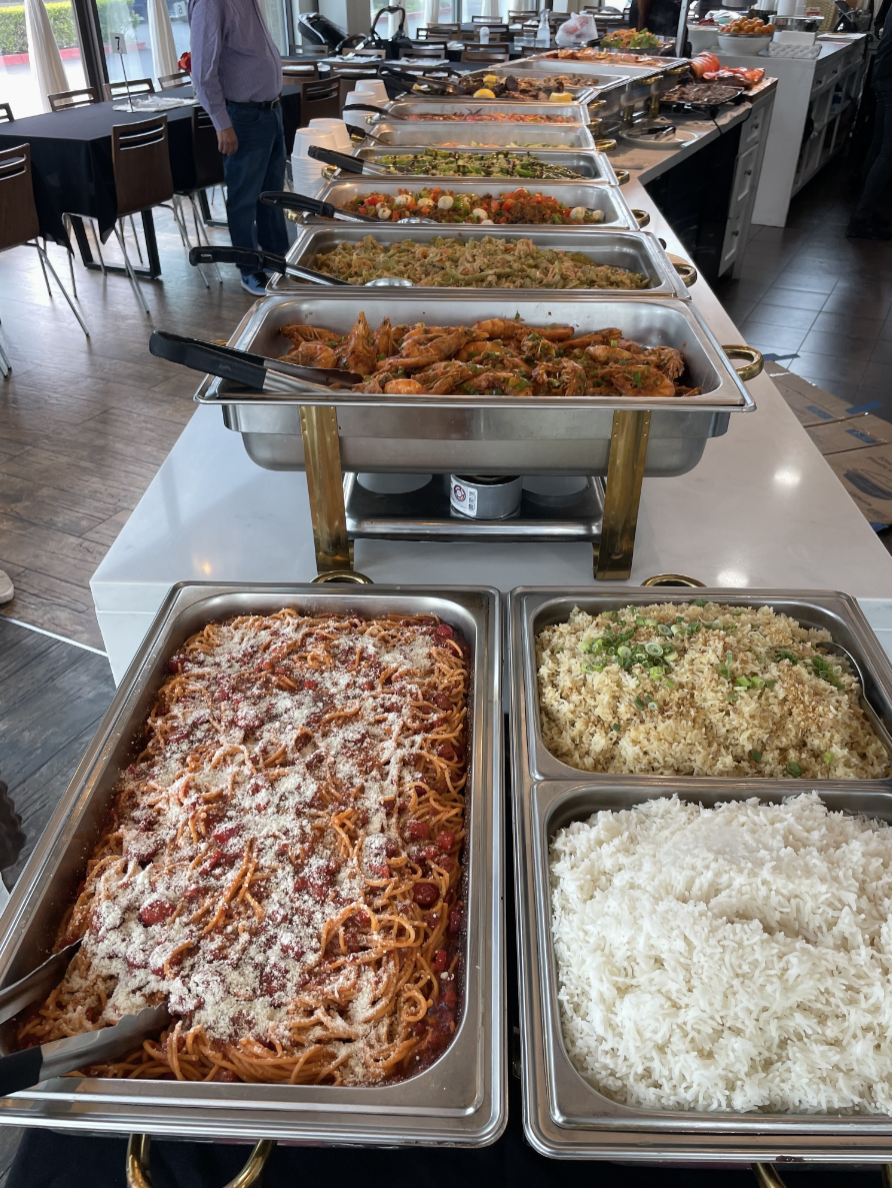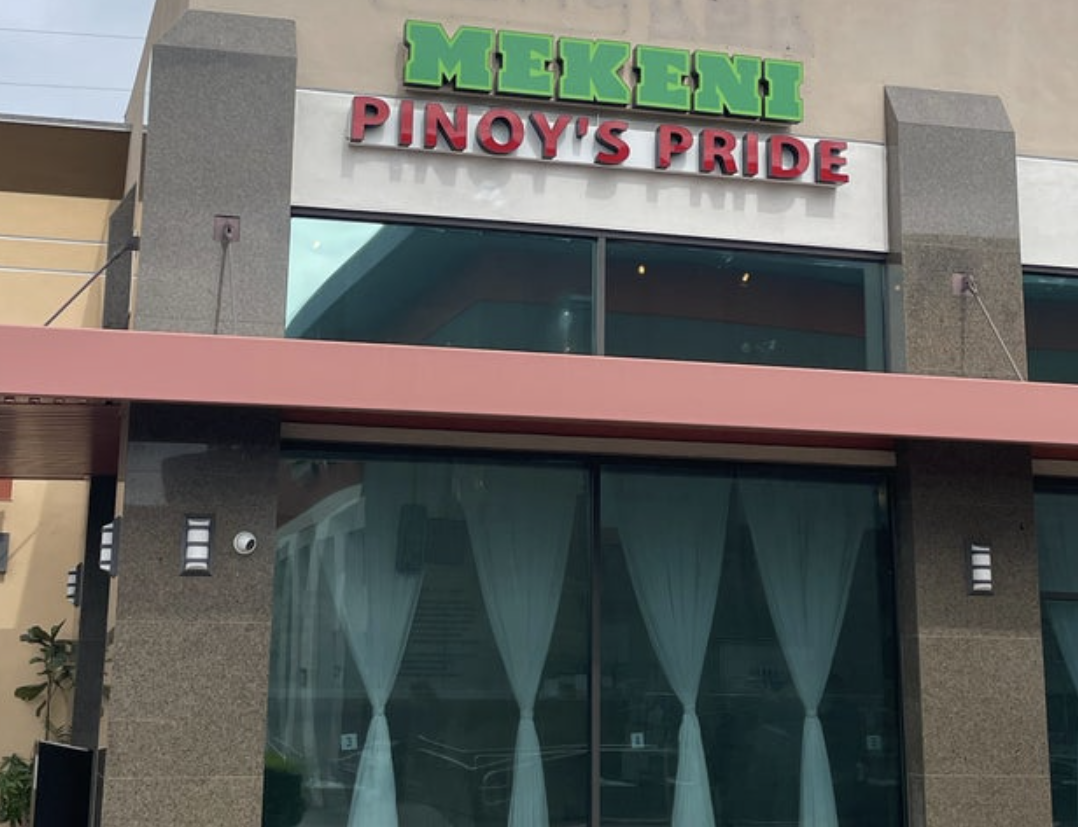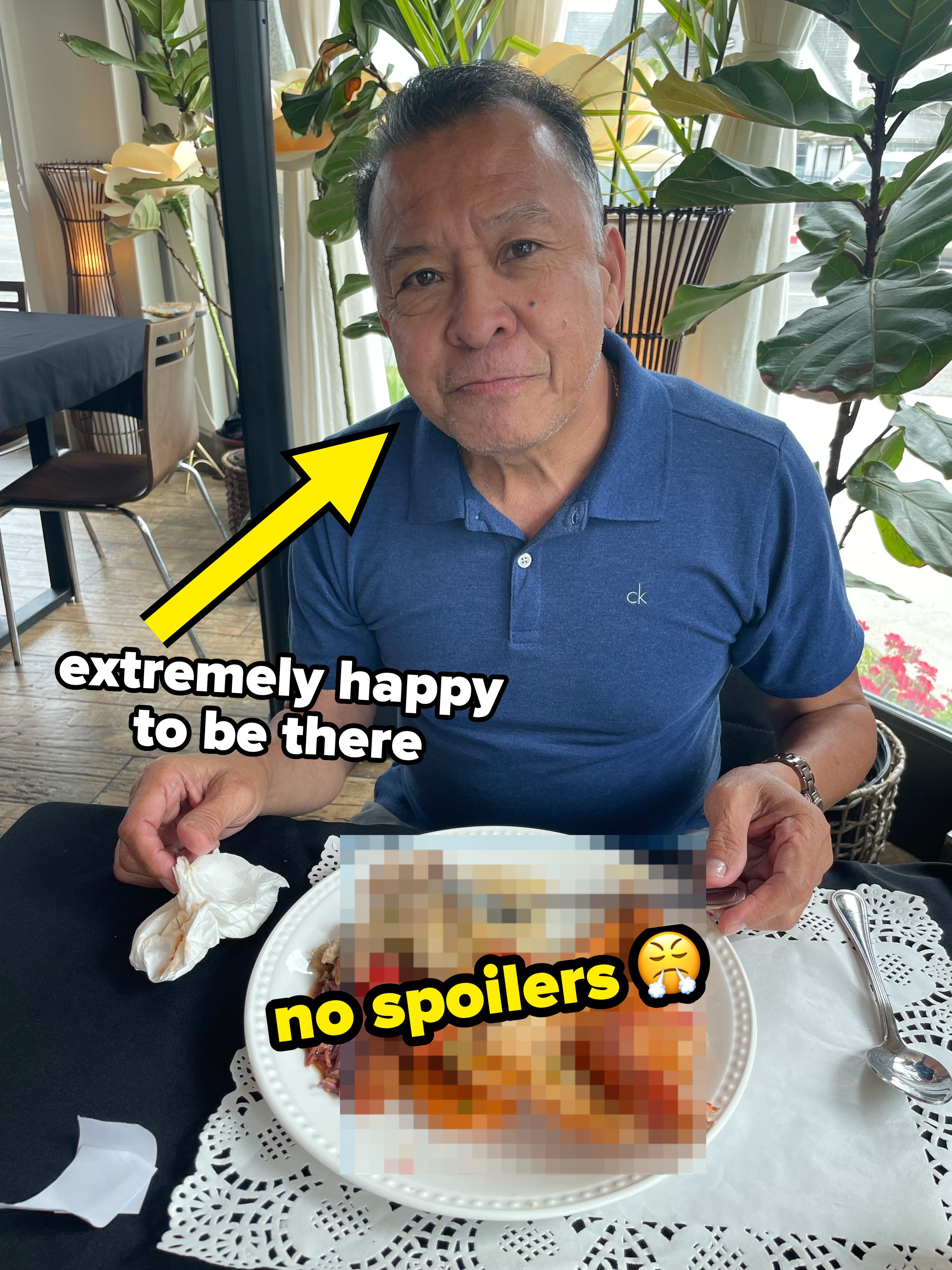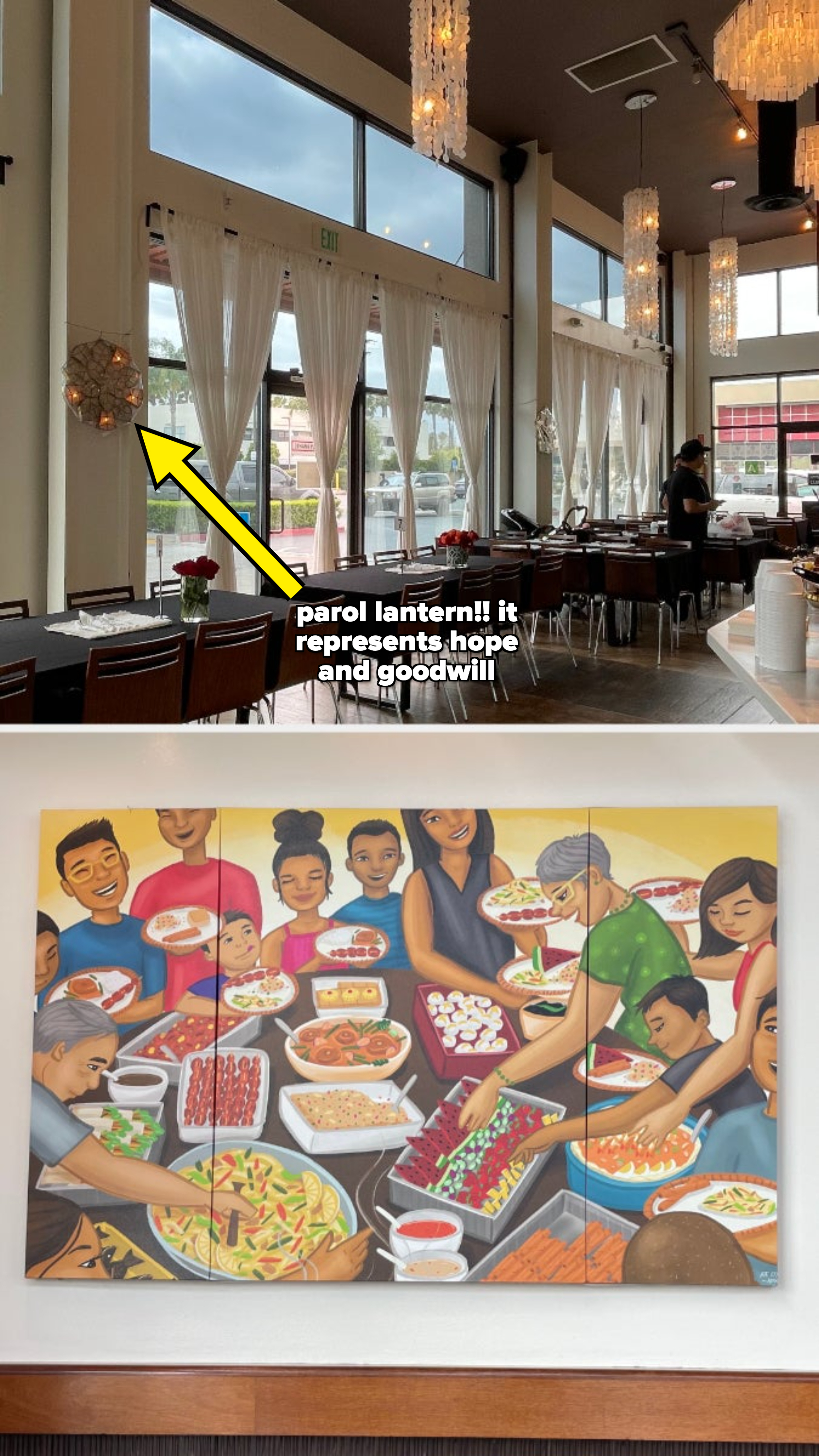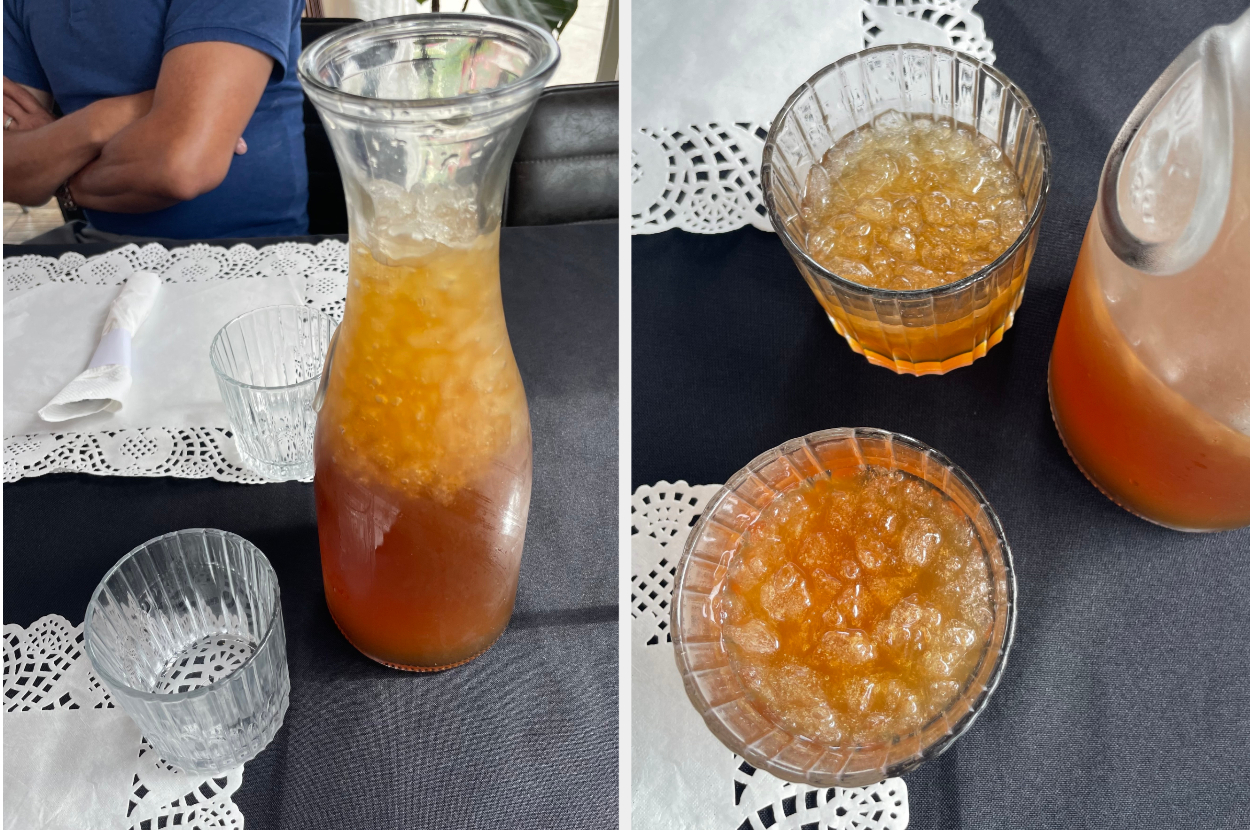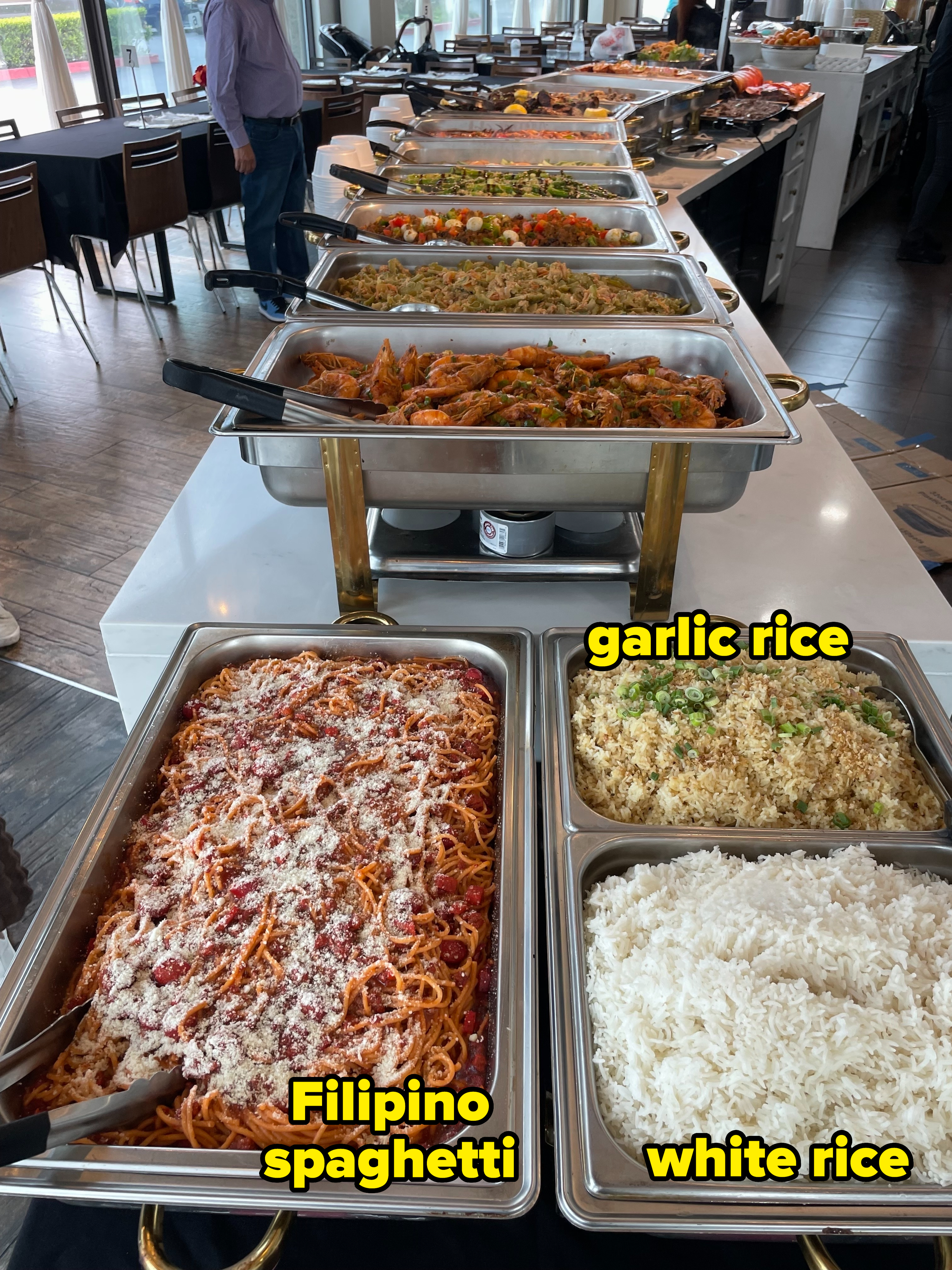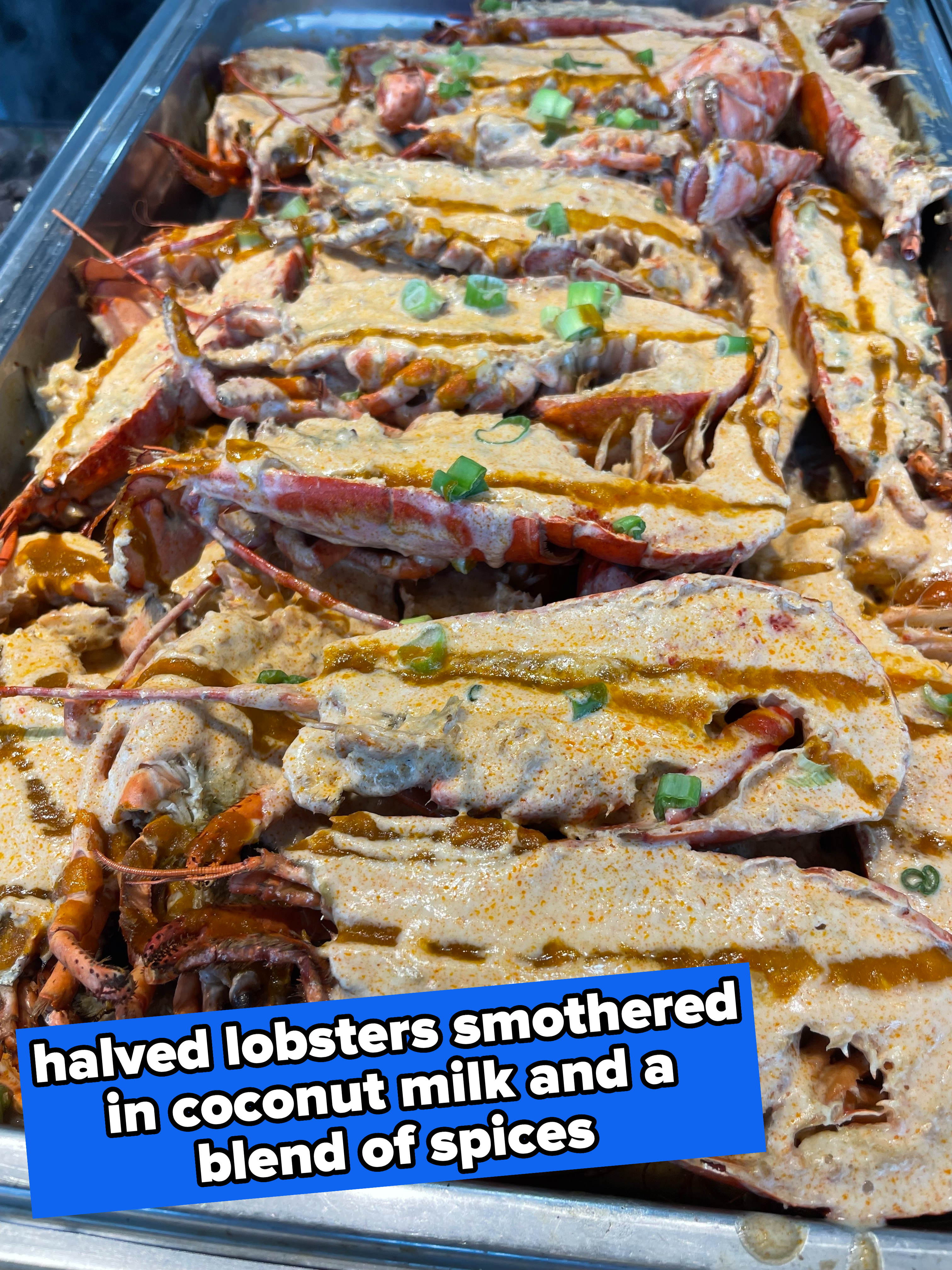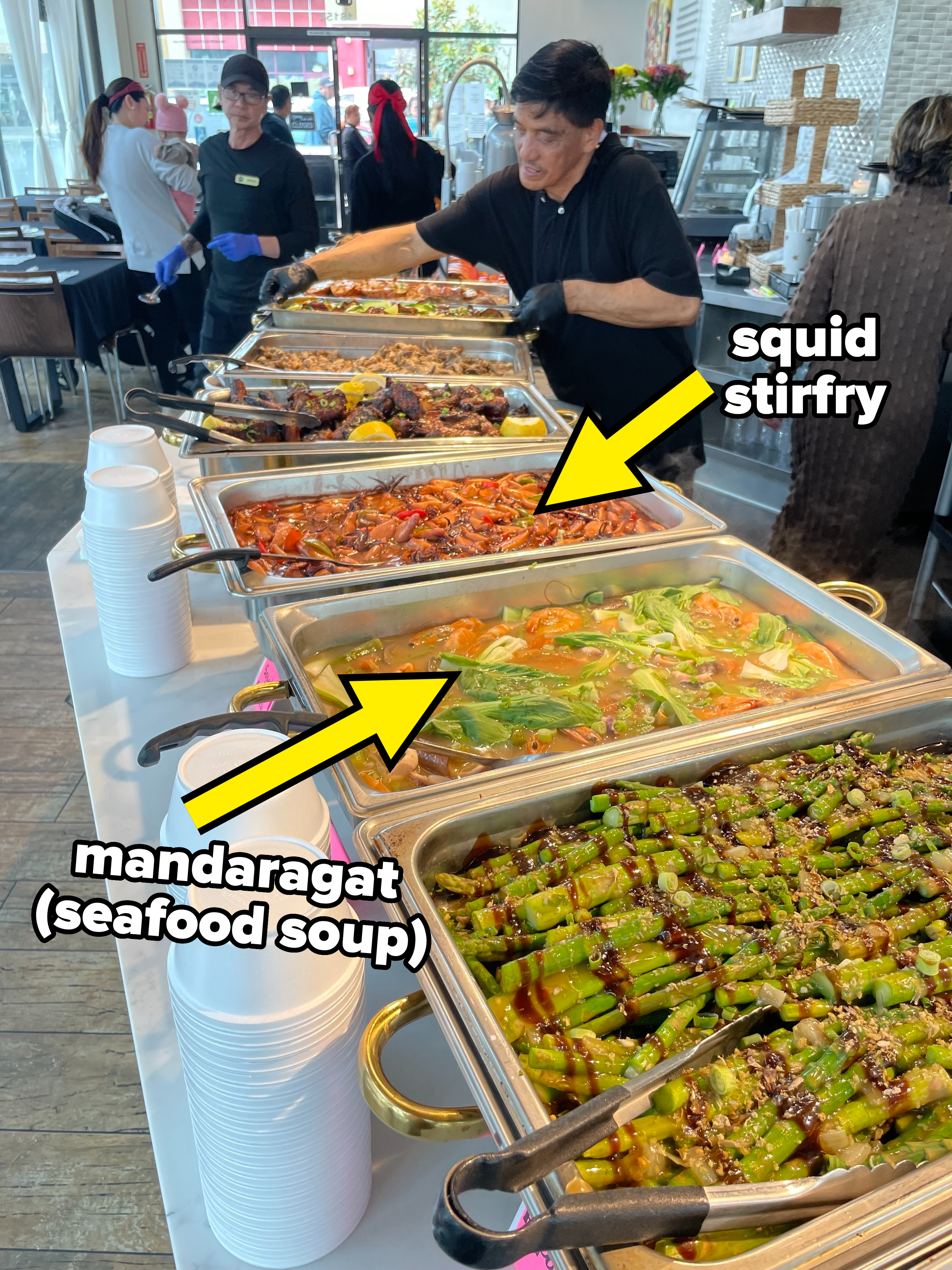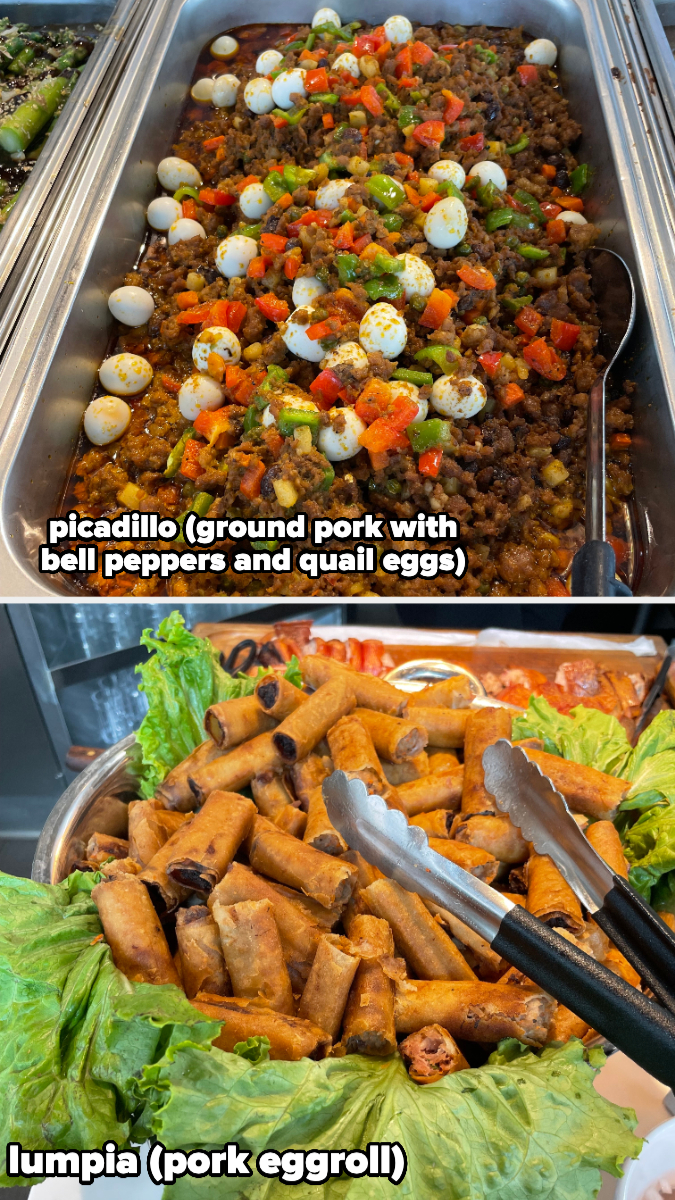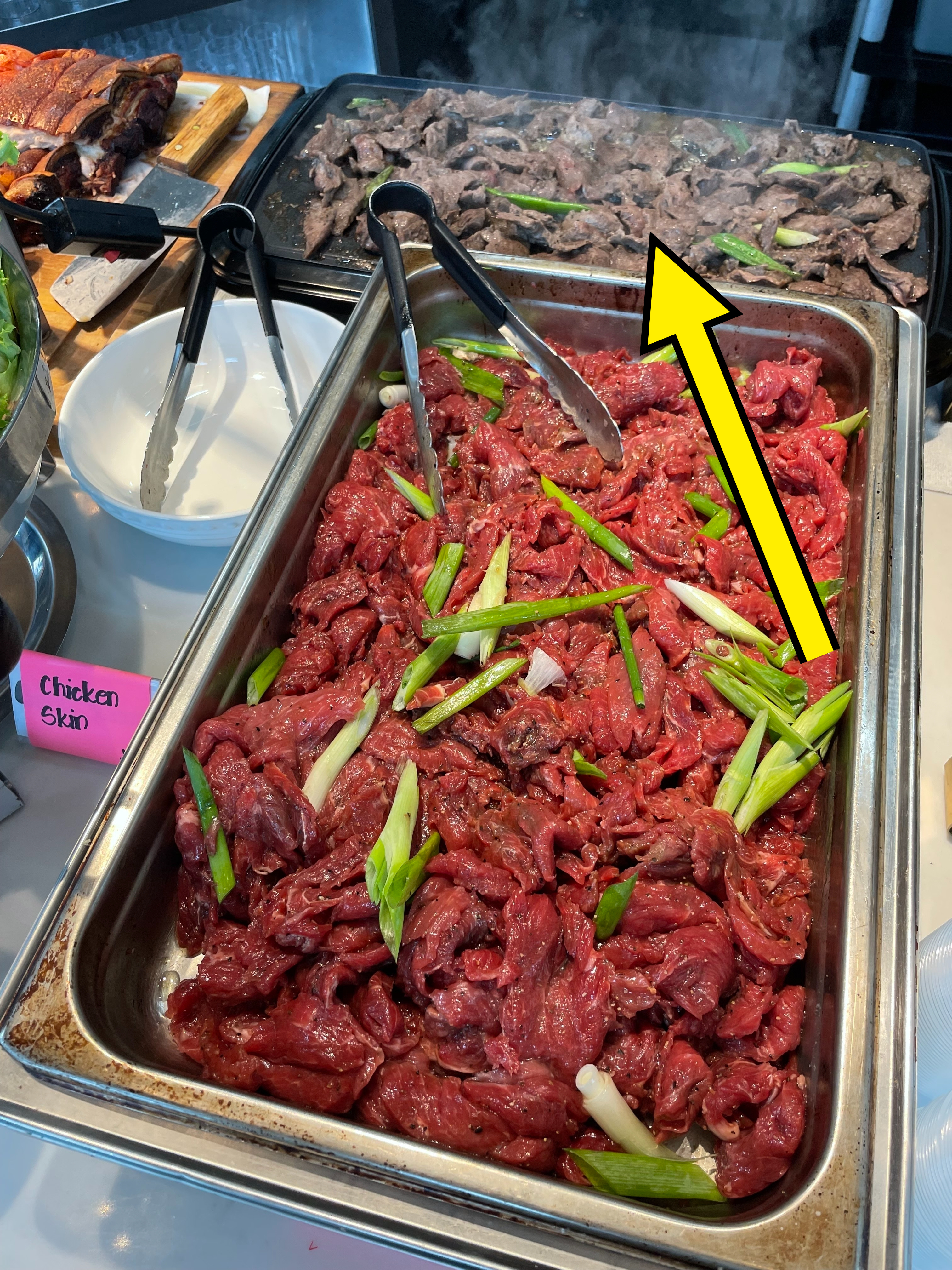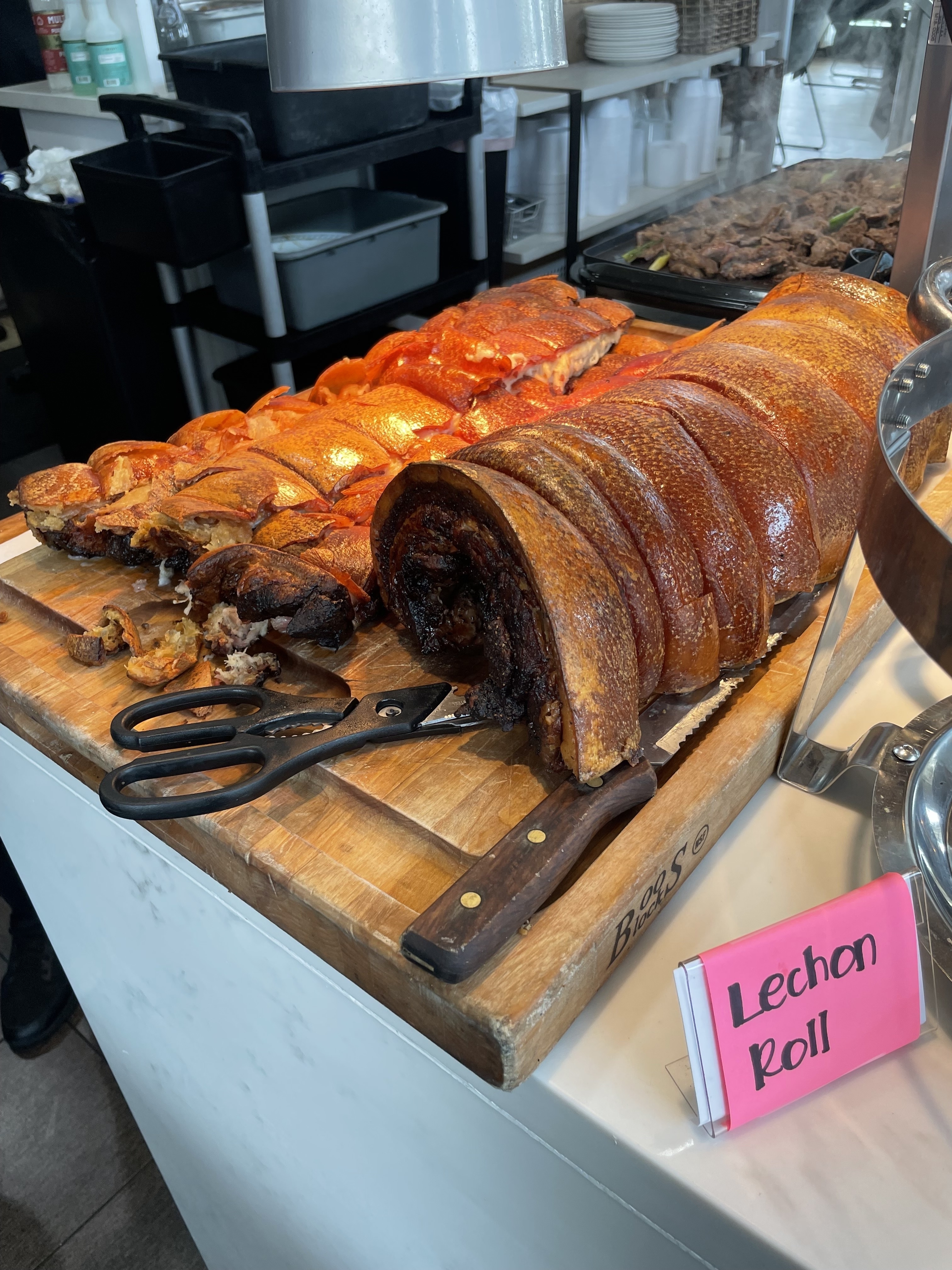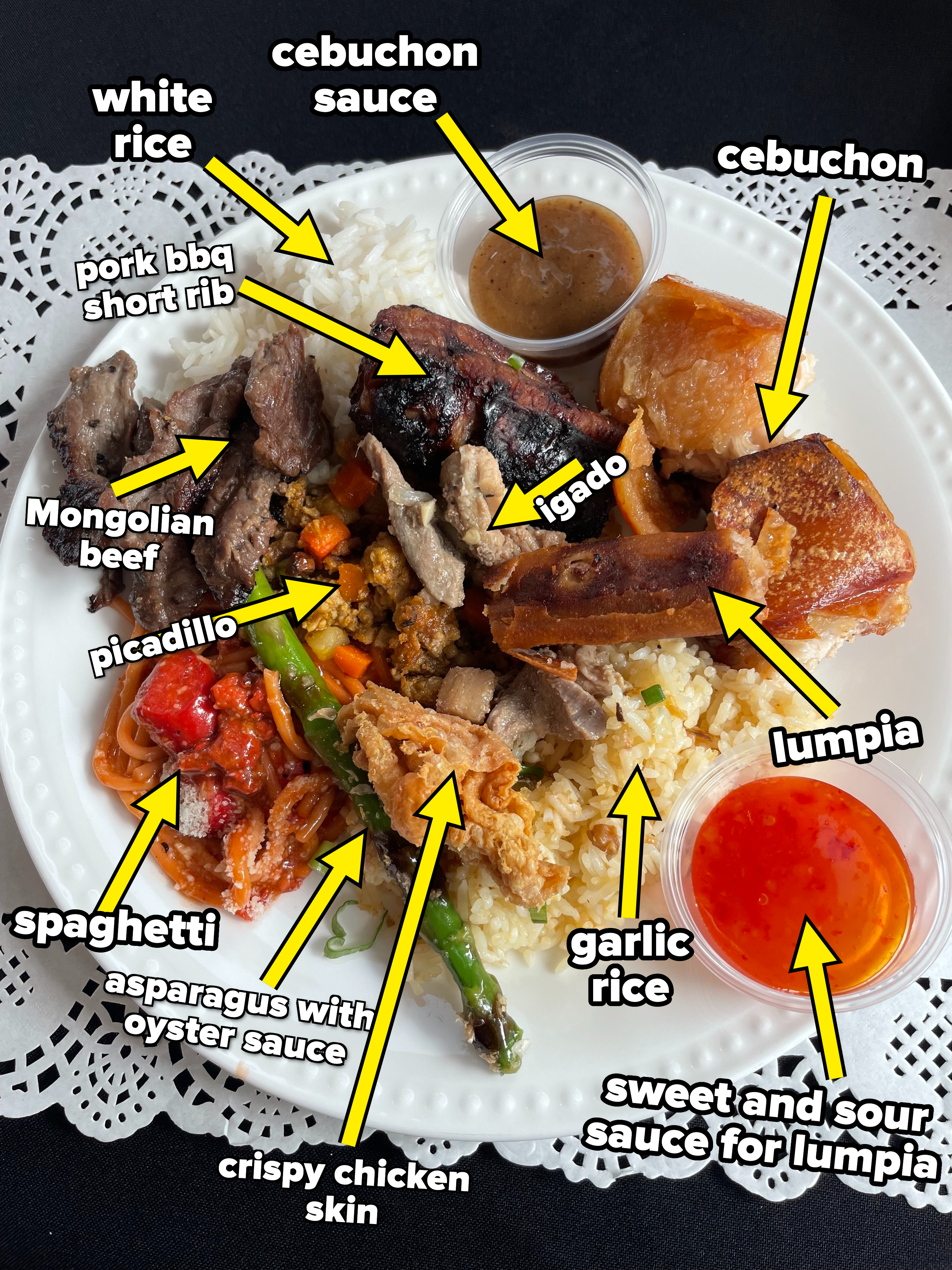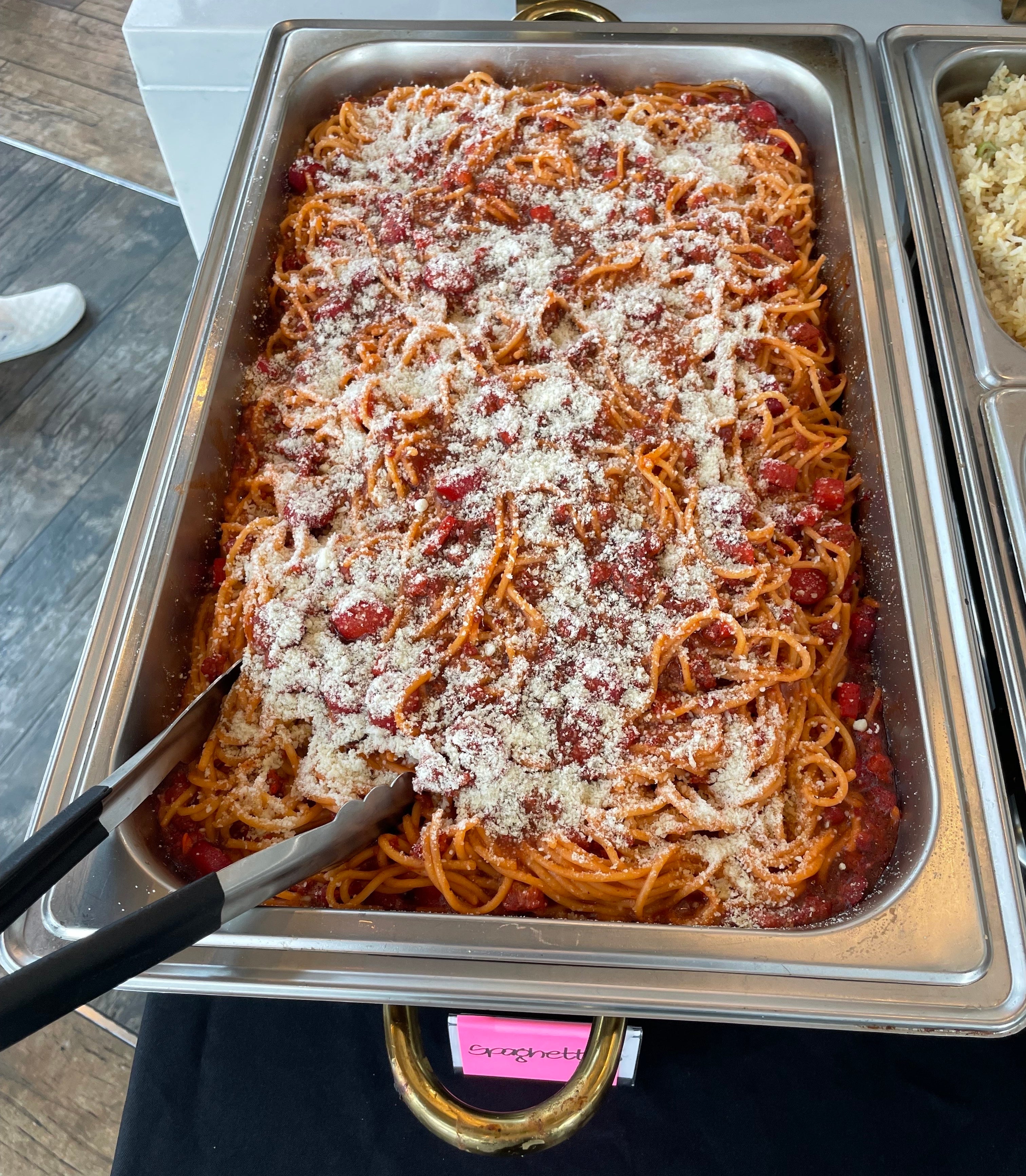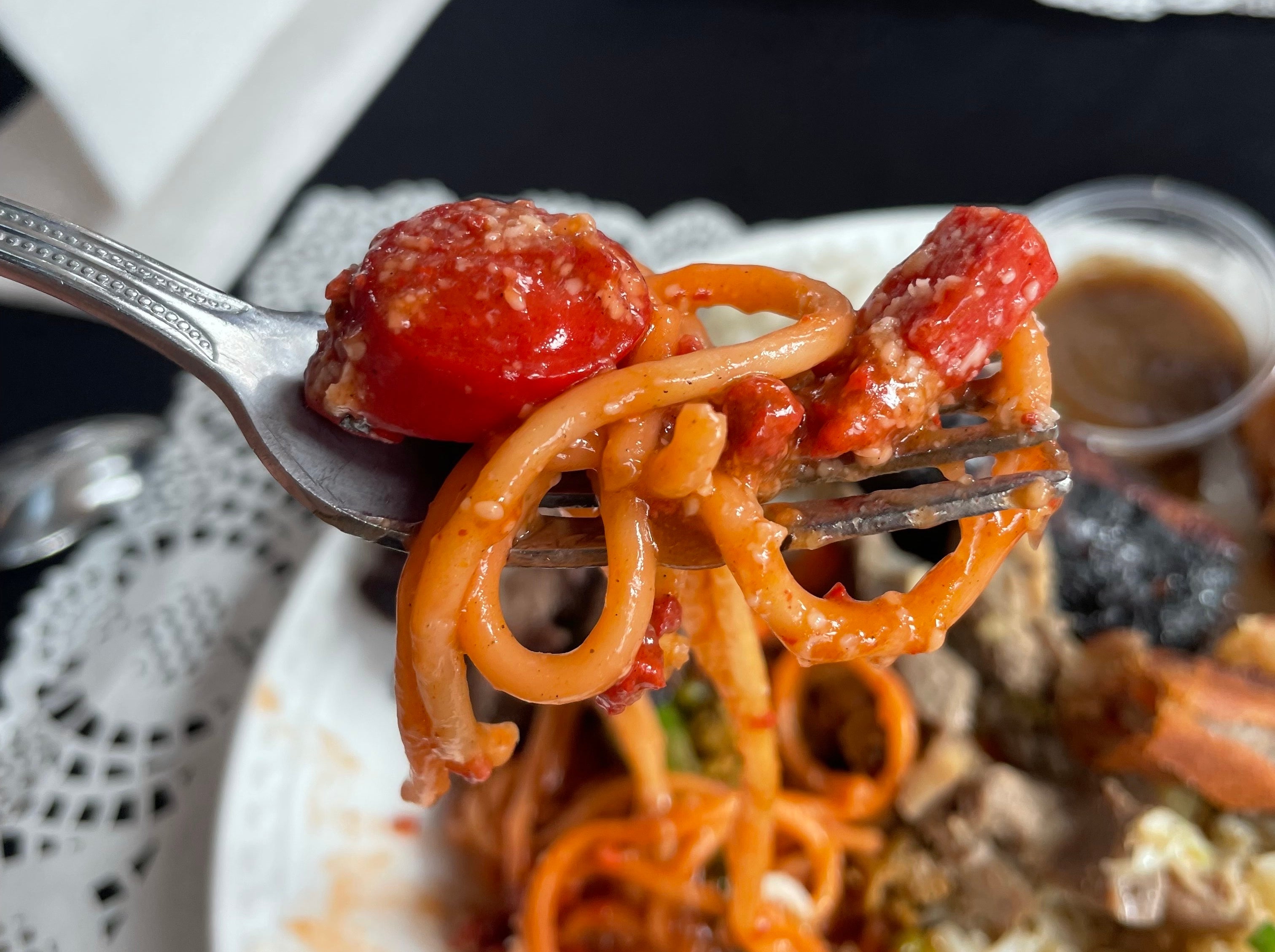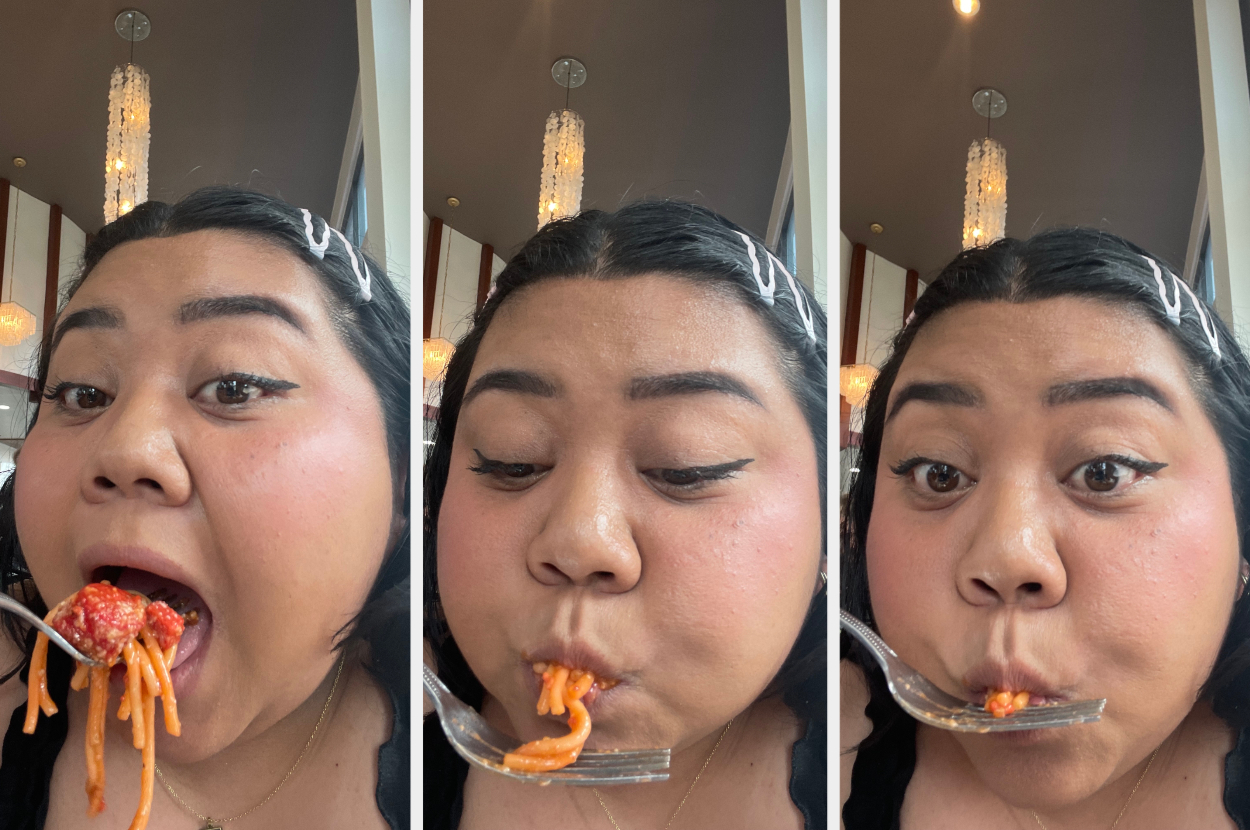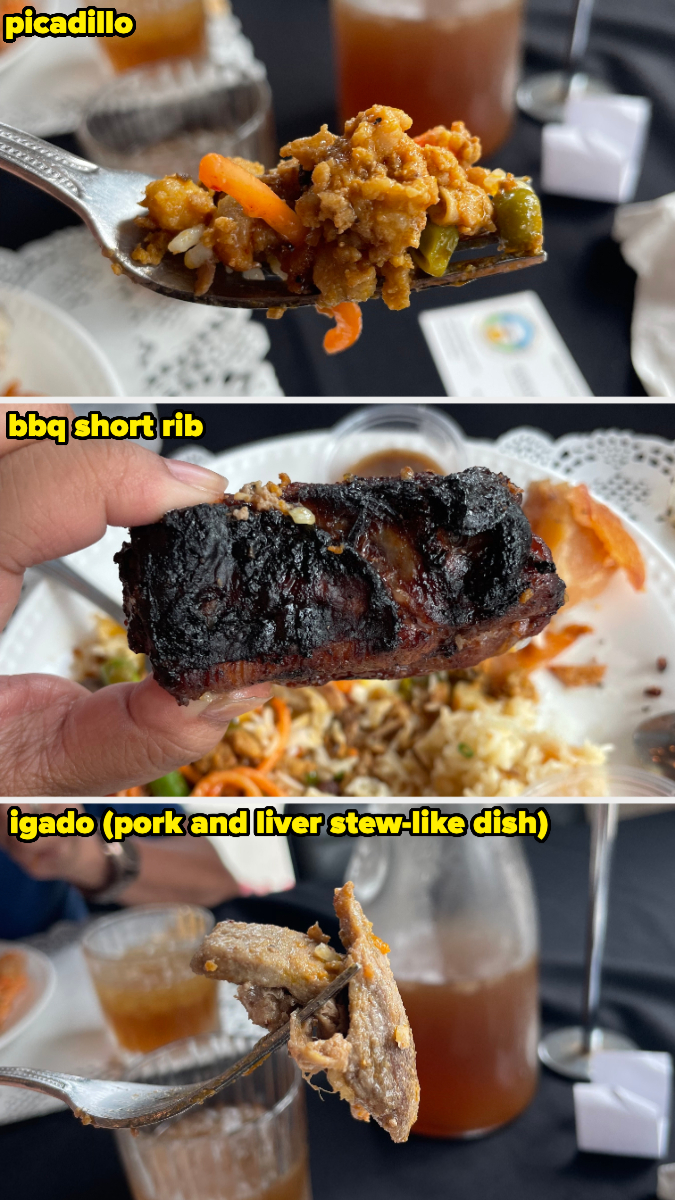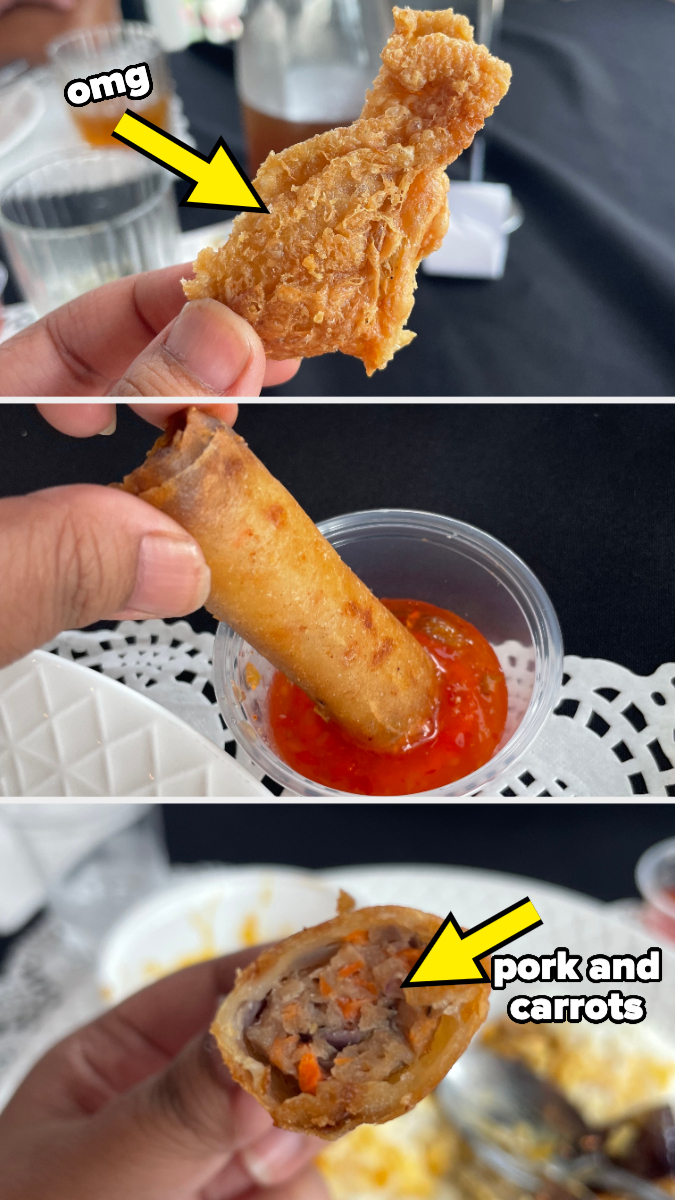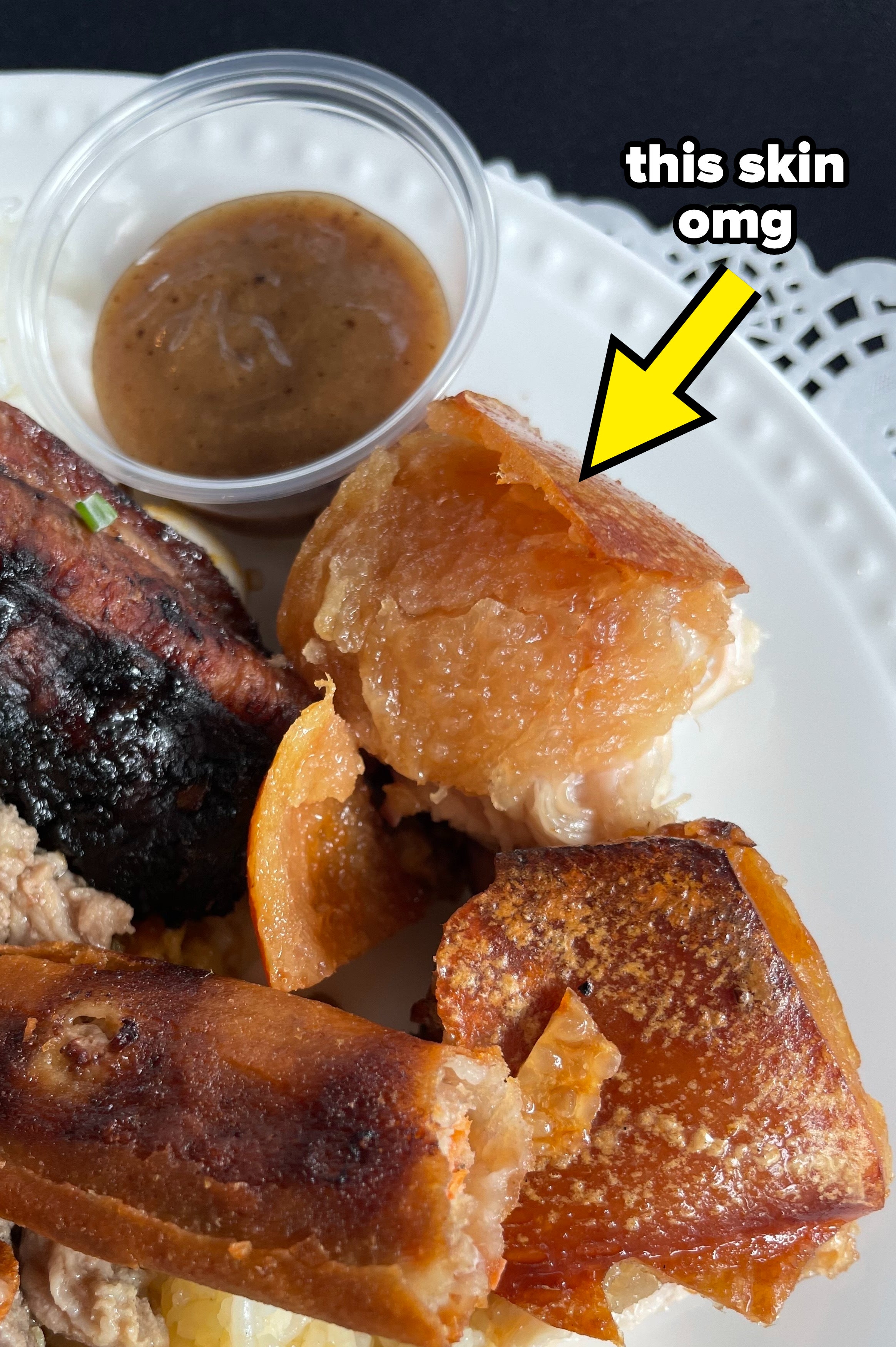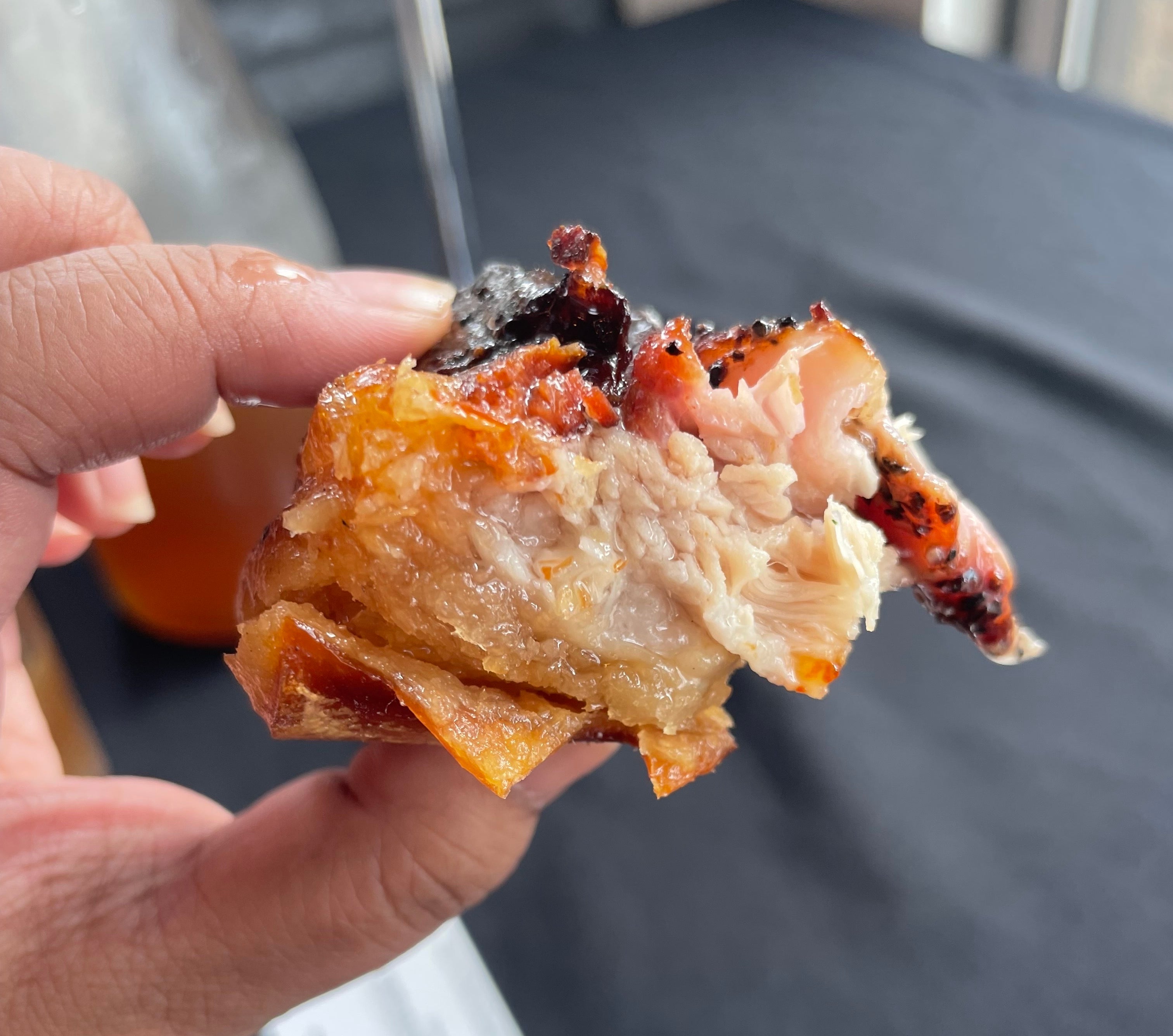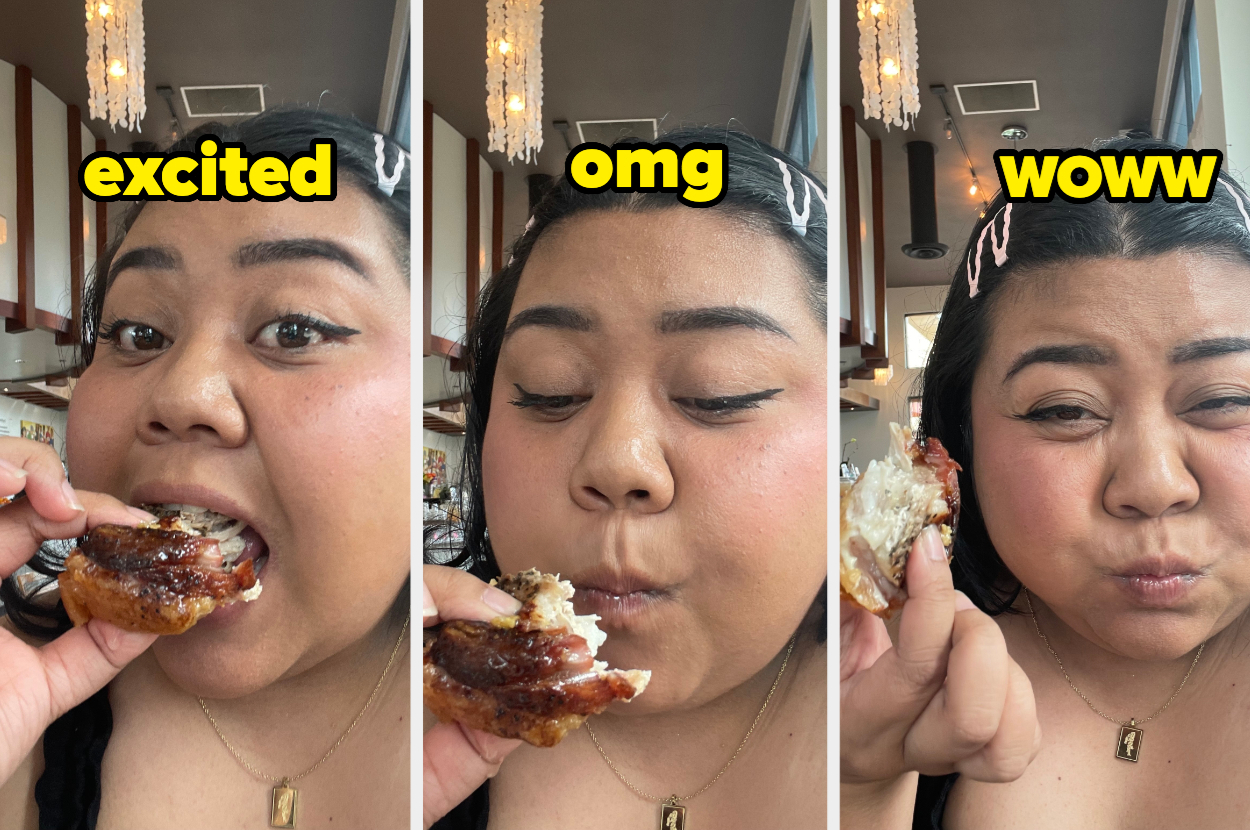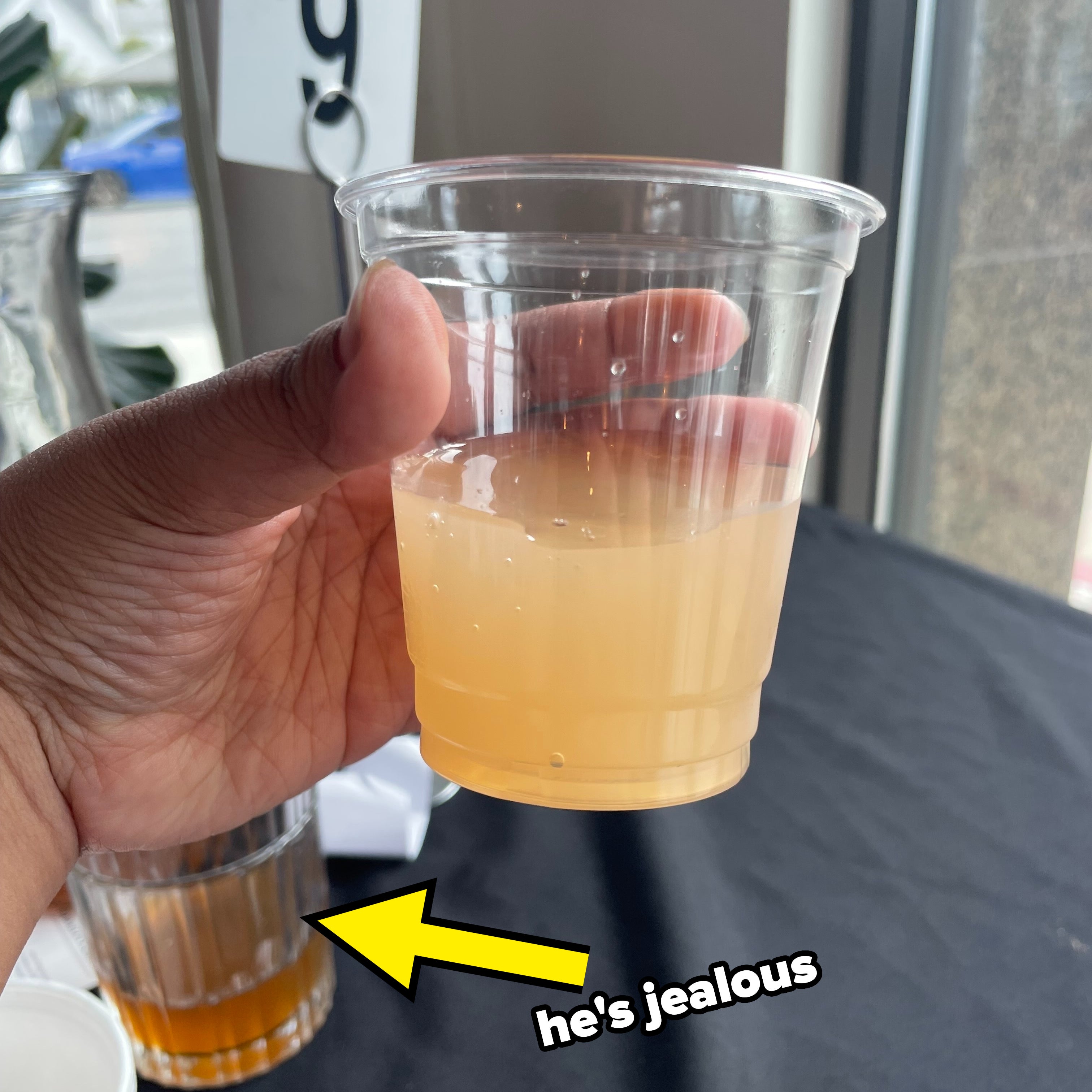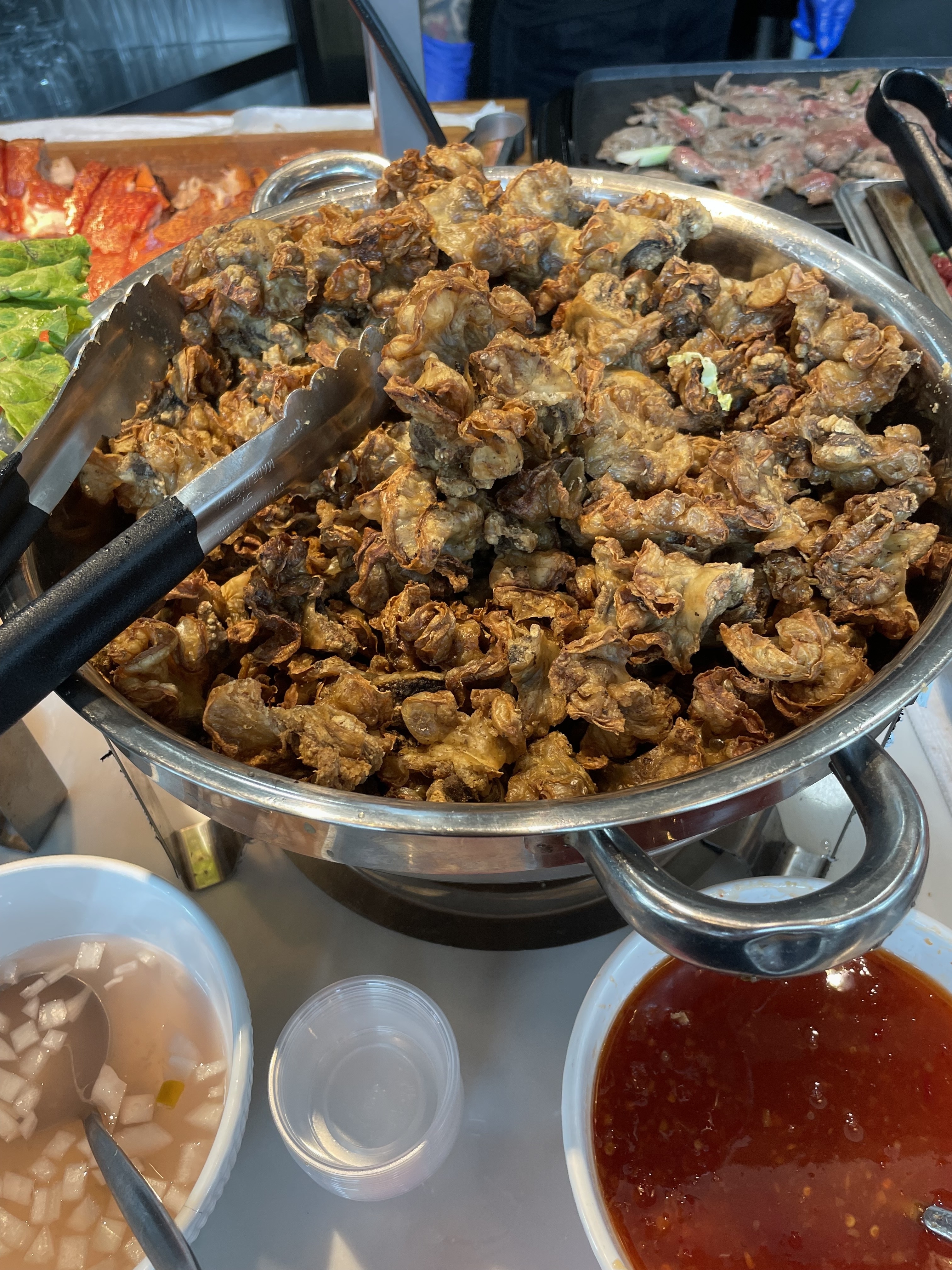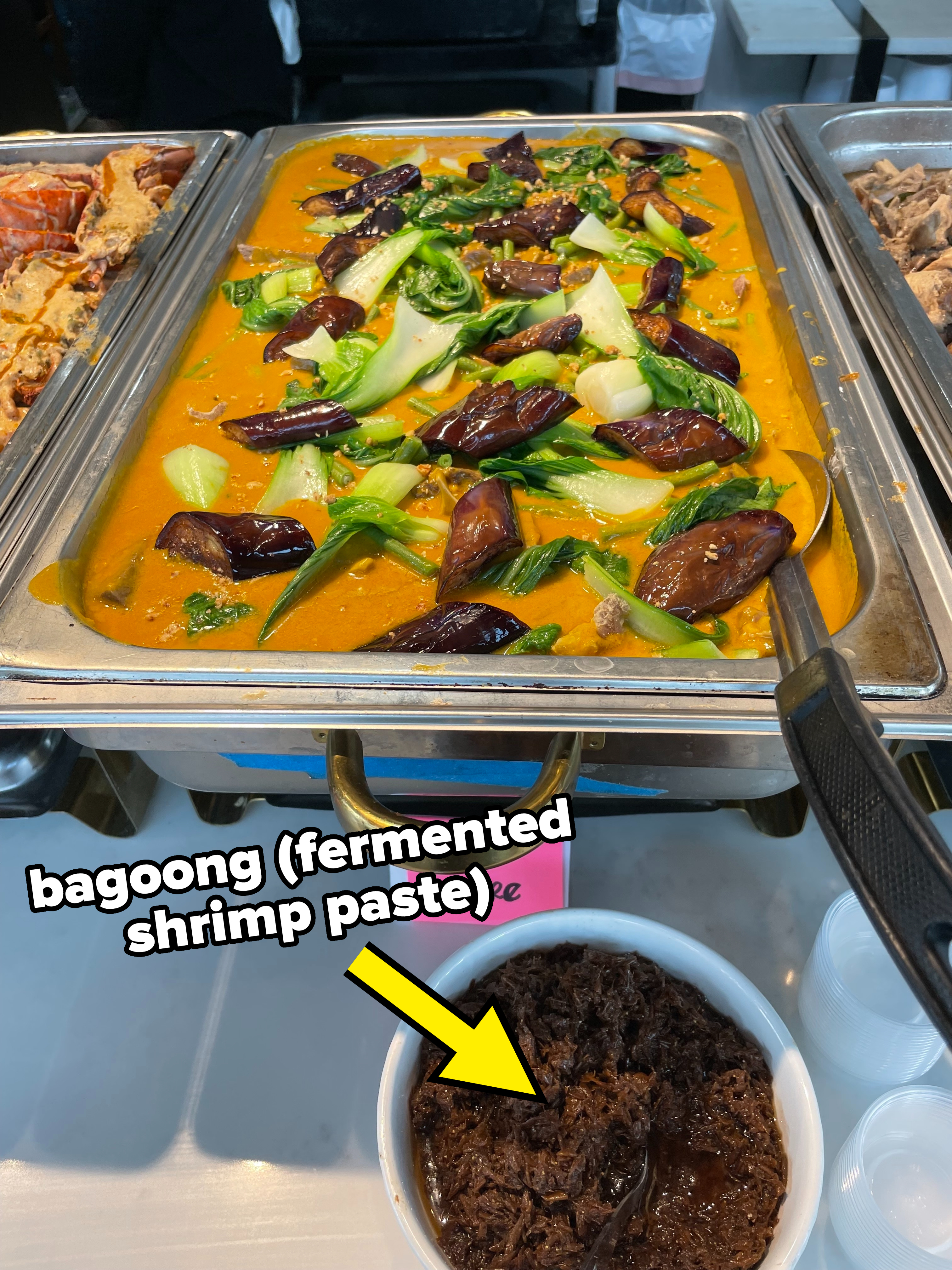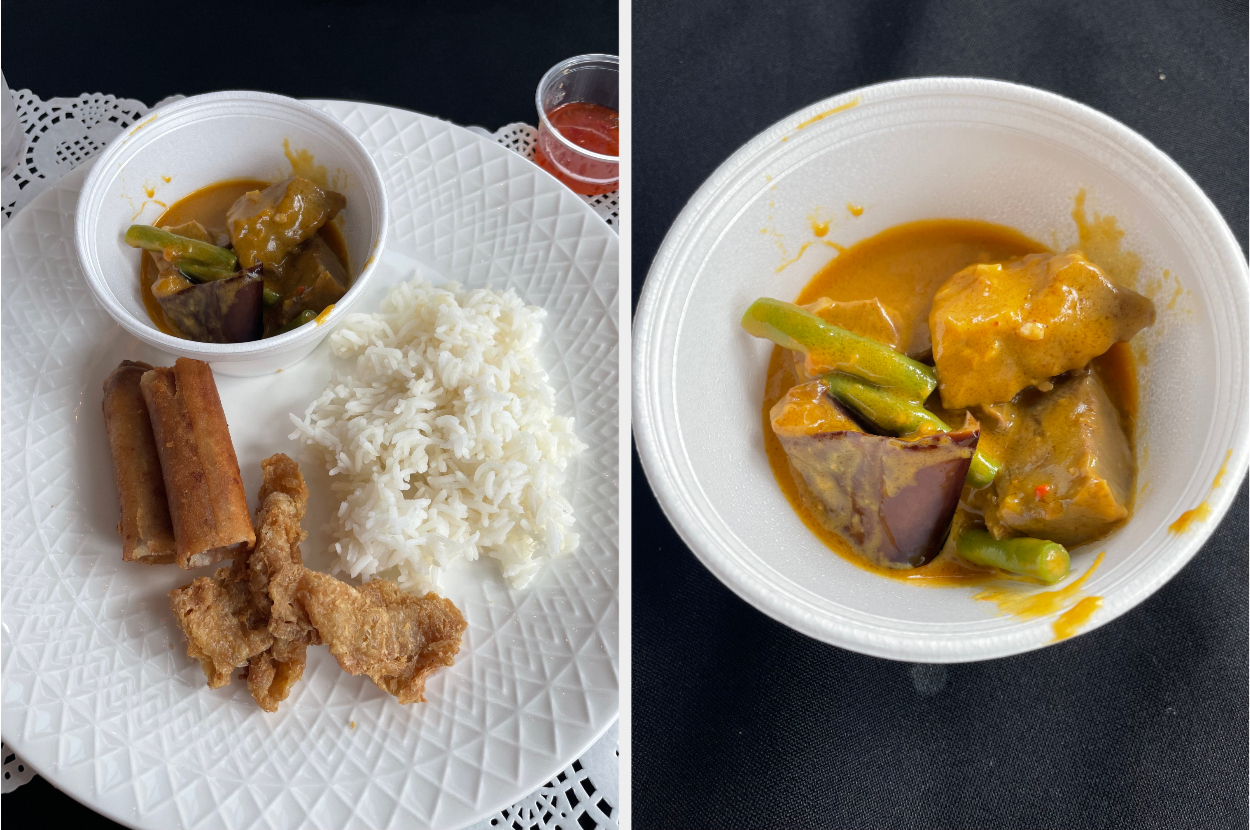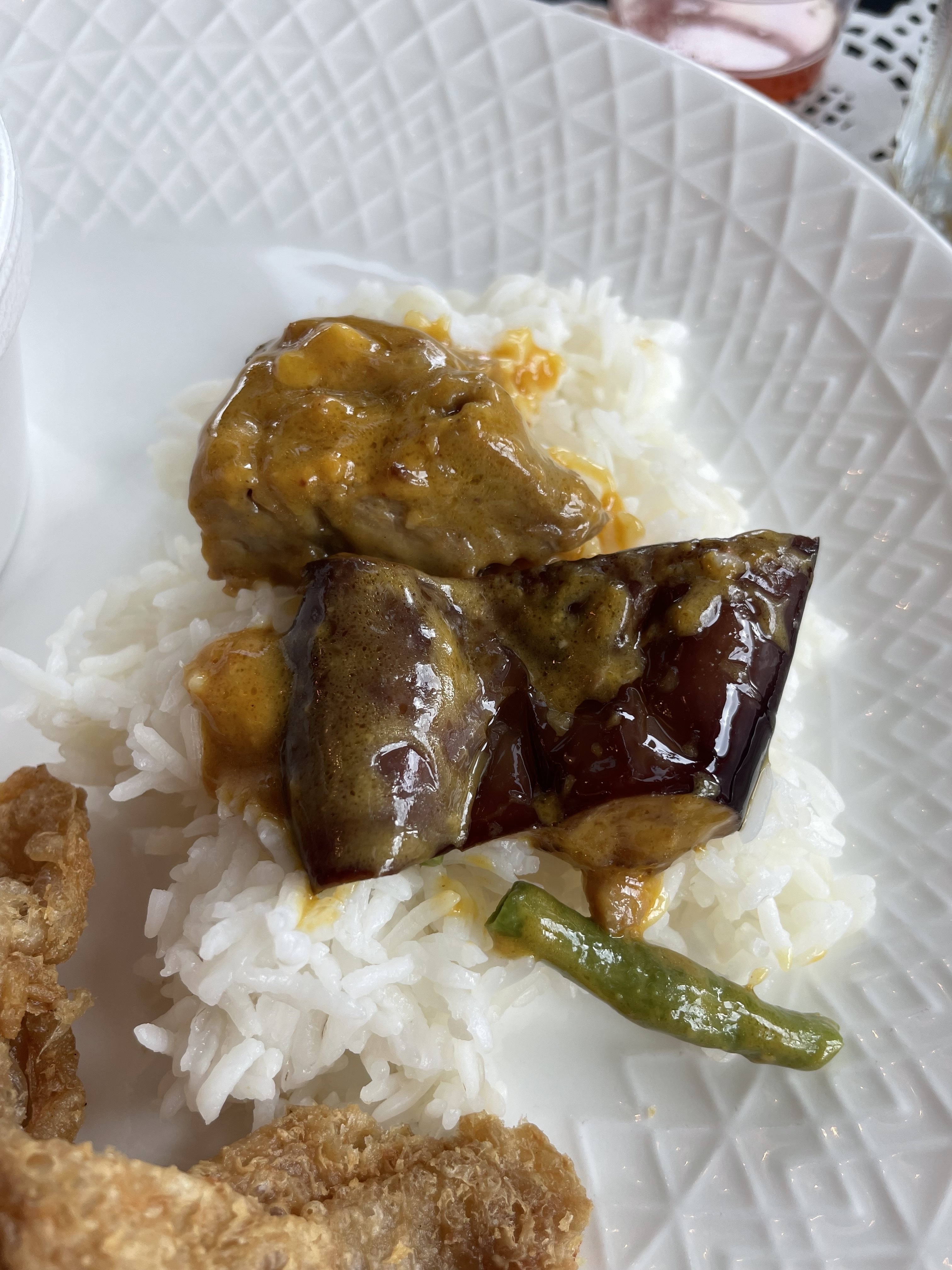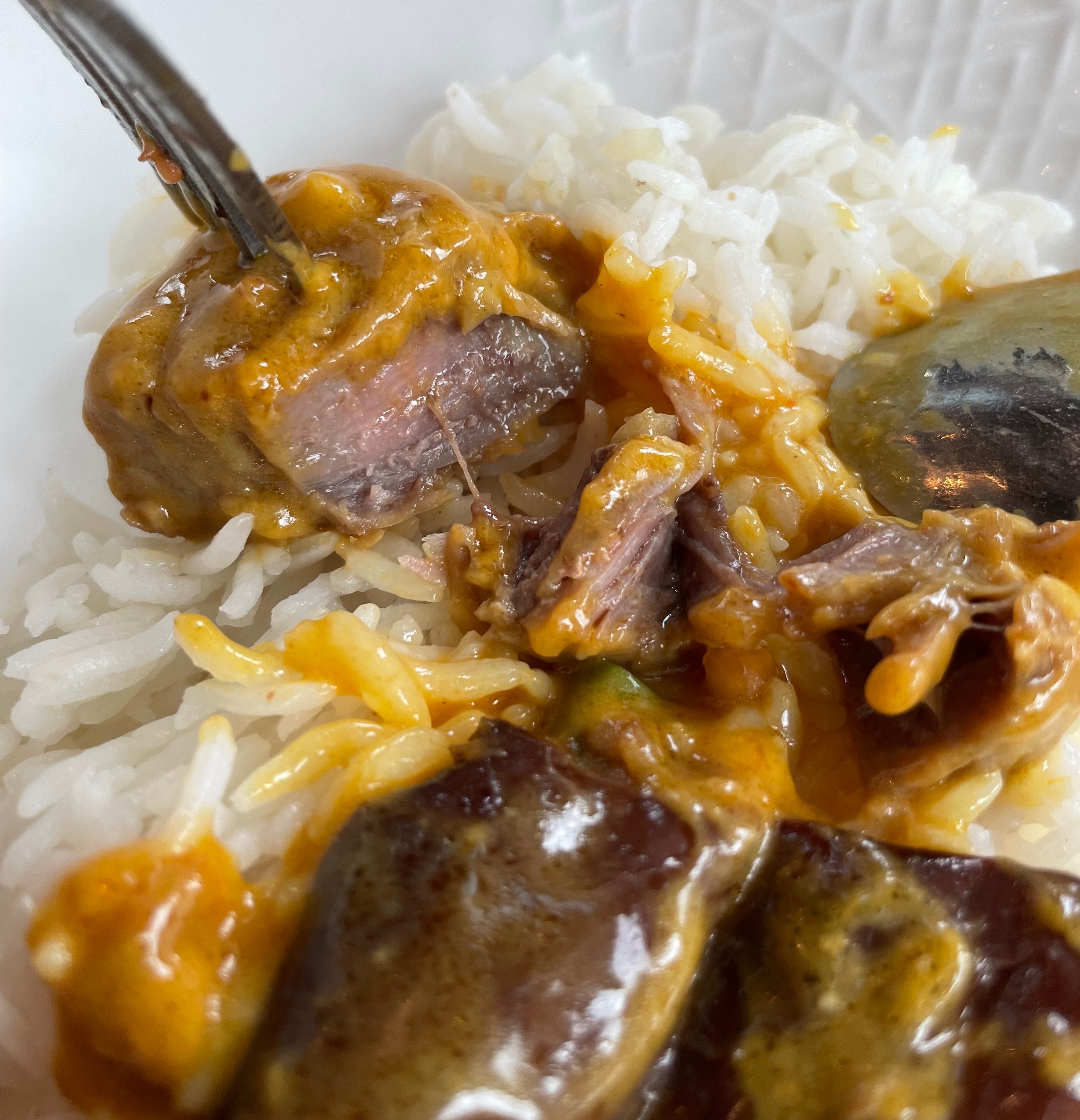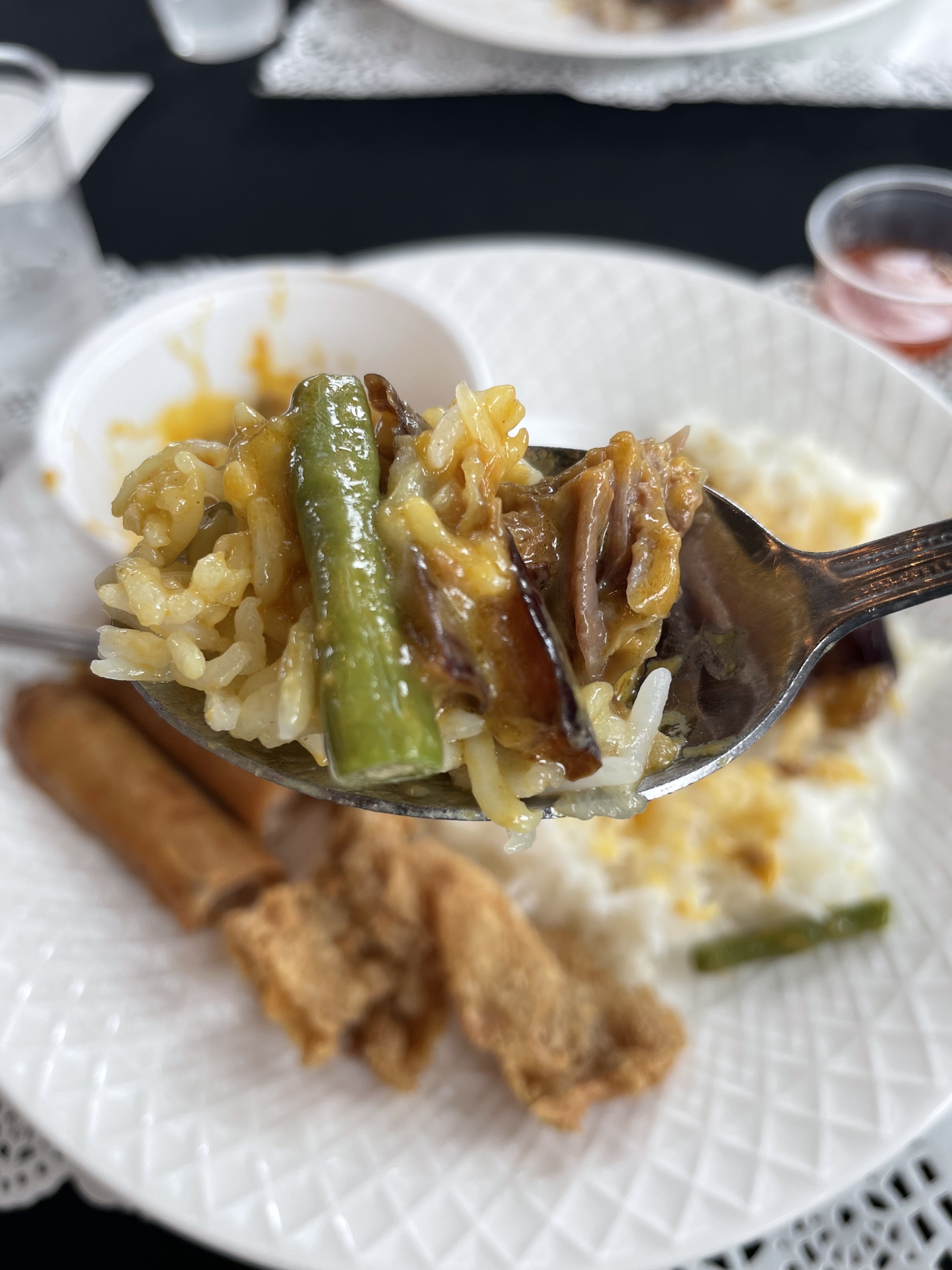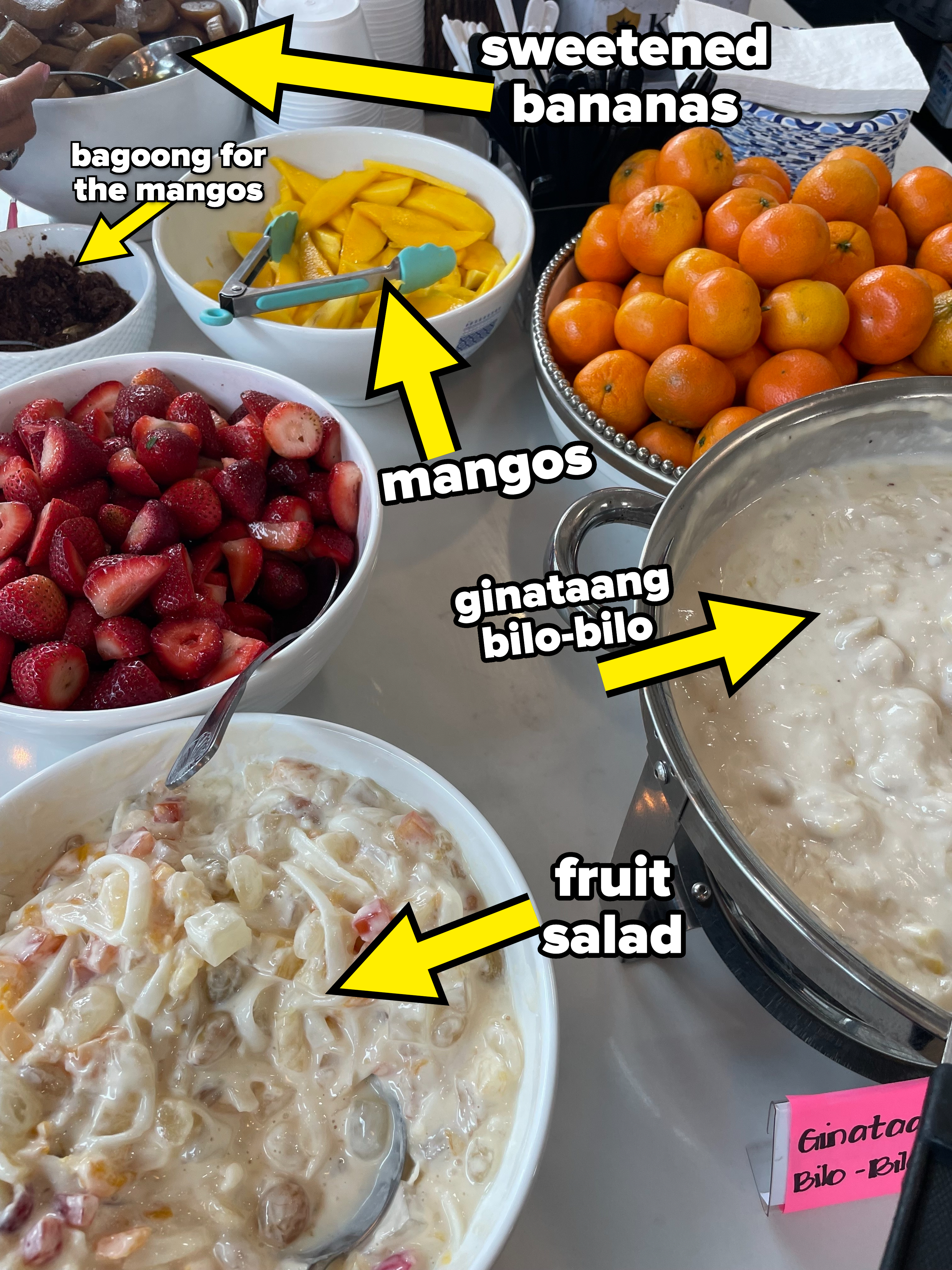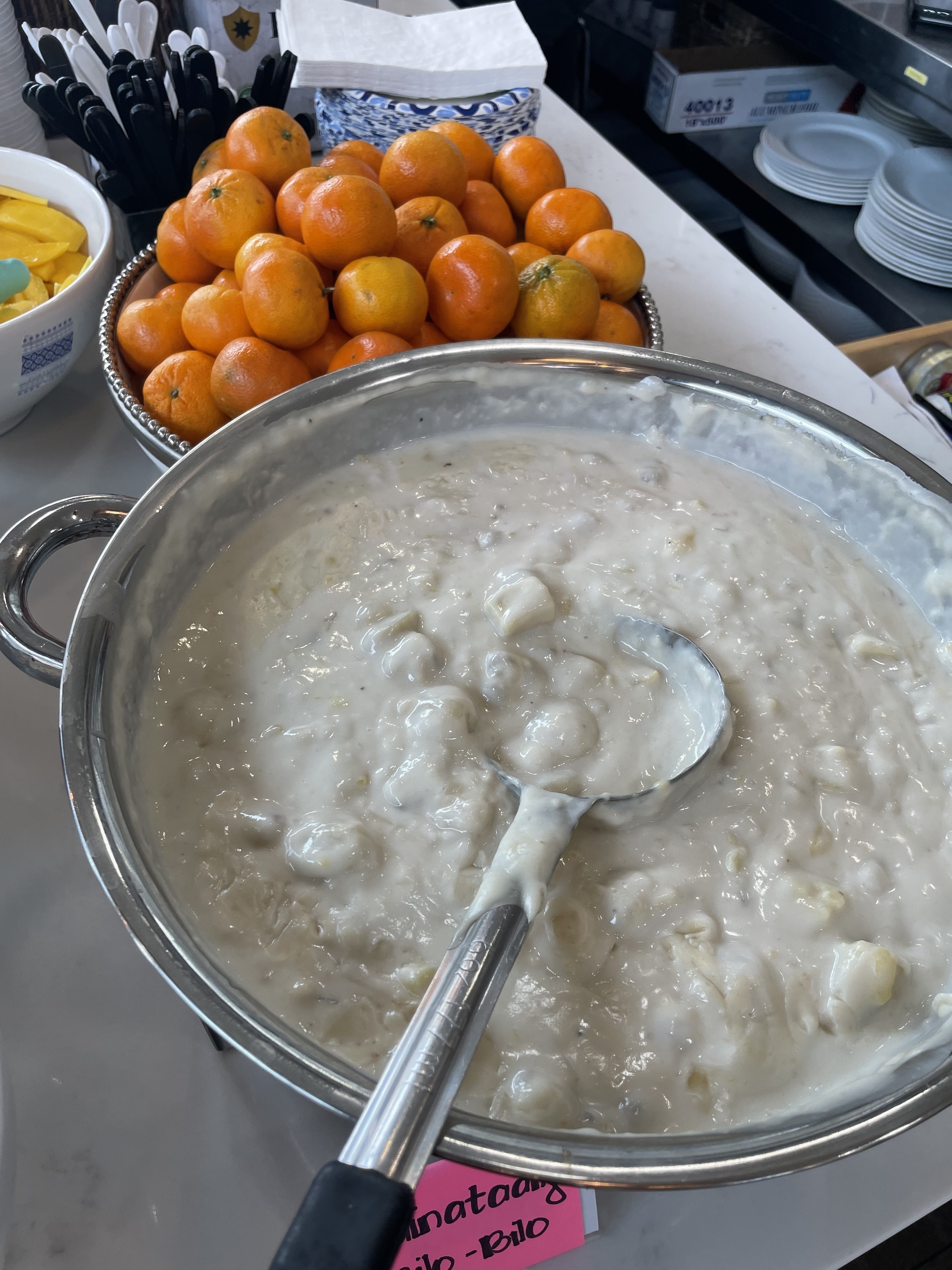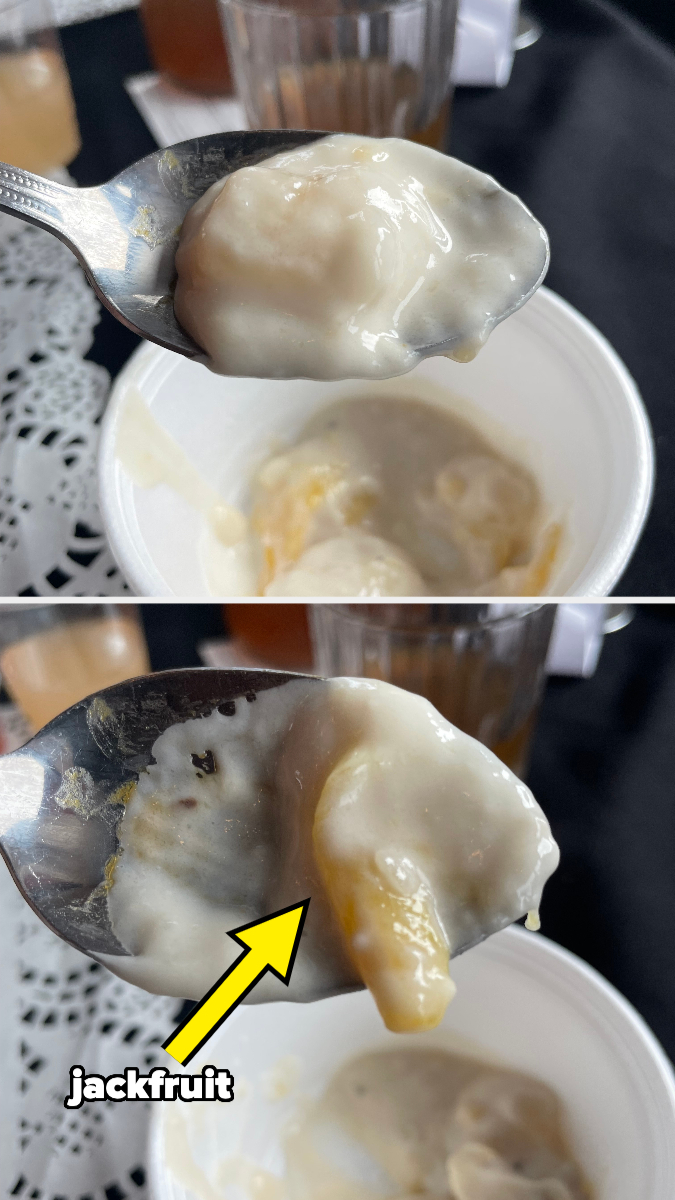After ascertain an all - you - can - rust Filipino snack bar make the round via viral TikToks and eating house review article that call in it " astounding " , I knew I had to check it out …
Food is a big deal in Filipino culture. No matter the occasion or the number of people at the function, there will always be a spread of food waiting to be enjoyed — usually buffet-style, and usually so much that everyone is welcome to take leftovers home.
In my family , food is how we attach , how we show love , how we lionize , and sometimes , how we justify and sorrow . If there ’s one thing that brings Filipinos together ( away from watching Manny Pacquiao boxing matches ) , it ’s food .
So, when I started seeing a Filipino buffet — located 90 minutes from me — make the rounds viaviral TikToksandrestaurant reviewsthat called it “astounding”, I knew I had to check it out.
Mekeni Pinoy’s Prideis located in Los Angeles County, California — in Artesia, to be exact. And its breakfast and dinner buffet attractsfamously long linesevery week.
The breakfast buffet is priced at $22 per person, the dinner buffet costs $35 per person — and reservations for both book out well in advance. I wanted to try the dinner buffet. Below, you’ll find my full review of it — including the menu, details and photos of everything I ate, and tips for first-timers.
First, though, a bit of background: “Mekeni” comes from one of the eight major Filipino languages, Kapampangan, and roughly translates to “come over.”
Though Mekeni offers a traditional dine-in experience, the restaurant pivots into a buffet on weekend mornings and Wednesday nights. I made a reservation a month in advance for the dinner buffet, and because my dad is the one who has taught me the ins and outs of Filipino food and cooking, I brought him along with me. (That, and I hate driving in LA.)
First and foremost, the restaurant is much more spacious than it looks from the outside. With fairly high ceilings, tied white curtains, and modern chandeliers, Mekeni had a very chic vibe. The staff was courteous enough to let my dad and me in a bit early to snap some pictures, and I noticed that multiple tables were reserved for big parties later in the evening. What really made my heart flutter, though, was the incredibly wholesome portrait of Filipinos eating around a dinner table and seemingly having nothing short of a good time.
Considering we’d arrived early, the food was still getting set out (and it smelled glorious). In the meantime, my dad and I were served a Mekeni specialty made in-house: lemongrass juice. I didn’t know such a thing existed, but I’m not even exaggerating when I say it’s one of the best things I’ve ever drank.
Shortly after I fell in love with the lemongrass juice, it was time to eat! There were 17 savory food items to choose from, along with a small selection of desserts.
I tried mostly everything, but thanks to a seafood allergy curse, I wasn’t able to try dishes like the popular ginataang lobster, squid stirfry, or fried shrimp.
Thankfully, though, there were tons of other choices I could stack my plate with, including dishes I’d never tried before, like picadillo, and some personal favorites like lumpia.
There was even a little grilling station where you could get Mongolian beef:
And who could forget this absolute banger that is cebuchon (roasted pork belly roll):
Here’s what my first plate looked like:
OK, so the first thing I wanted to try was the spaghetti. Maybe it’s because I grew up eating Filipino-style spaghetti, but I love it so much more than Italian spaghetti because it’s slightly sweet and packed with ground beef and hot dogs.
Here’s my first bite:
After inhaling the little spaghetti I got, I went around my plate and tried everything else with my two types of rice, saving the cebuchon for last.
I literally cannot wait to tell y’all about the cebuchon, but before I do, I couldn’t go to a Filipino buffet and not try the pork lumpia and crispy chicken skin! I honestly could never tire of lumpia. Like, if I had a trading card, I’d want there to be a statistic for how many lumpia I’ve eaten in my life because I’m sure it would be very impressive.
Alright, the time has come for me to rave about the Mekeni cebuchon, aka the roasted pork belly roll. First of all, look at her:
LOOK. AT. HER:
There was still more food for me to try, but for the sake of my stomach, I decided to take a small intermission. But don’t think I forgot about my lemongrass juice! I was sipping on that the whole time. Speaking of sips, unlimited drinks are included in the buffet price. Near the dessert table, there were dispensers for water and homemade lemonade. Mekeni also offered us beer and wine, but I went ahead and tried the lemonade.
While my stomach was still on break, the kitchen added to the buffet spread a bowl of chicharong bulaklak, deep-fried pork intestine lining. (If you haven’t noticed by now, Filipino food incorporatesa lotof pork.)
I don’t eat intestines or anything intestine-related, but my dad loves isaw (barbecued chicken or pork intestines), so he lined up for the chicharong bulaklak with vigor in his step. Here’s an action shot of him trying it:
OK, at this point, I finally felt like I could get back into the action. For round two, I tried the famous Mekeni beef kare-kare — and got more lumpia and chicken skin.
Here’s what my second plate looked like:
Kare-kare’s rich and thick sauce is made from peanut butter, which gives it that beautiful yellow color. Traditionally, it’s made with oxtail, but beef works just fine (and is cheaper). This dish is packed with veggies, usually eggplant, bok choy, sitaw (green beans), and sometimes squash. Together with rice, kare-kare makes for an incredibly filling and satisfying dish.
Oh, and did I mention that kare-kare takes about three to four hours to make? The meat needs to boil and simmer low and slow for it to get tender, and oh boy, was this meat TENDER.
Here’s what a perfect bite looks like:
After my second plate, I was fighting for my life because I wassofull. But after dealing with the Southern California traffic to experience the buffet (sorry, Papa), I was not going to tap out quite yet. After another mini-break, I went over to the dessert table to see what Mekeni had to offer on the sweeter side of the spectrum.
I got some strawberries to cleanse my palate, but what I was really looking forward to trying was the ginataang bilo-bilo: glutinous rice balls in sweetened coconut milk “broth” mixed with jackfruit. It can also be mixed in with bananas, tapioca pearls, and sometimes sweet potatoes. The Mekeni bilo-bilo appeared to have had jackfruit, tapioca pearls, and yellow yams in it, and it’s eaten warm.
Look how amazing this looks:
I’m literally still in awe that I ate so much, and I’m happy that I had the chance to try foods I don’t typically eat daily! What really made my experience at Mekeni incredible, though, despite the amazing food, was the community the restaurant seemed to foster. Everyone who was eating was treated like family, and as diners left, they would say aloud to the staff things like, “See you again!” or crack an inside joke. It was an incredible sight to see, and I think the warm and welcoming environment really showcased the pivotal role food plays in Filipino culture, especially in forming bonds and relationships — even among strangers.
All in all, if I could describe my experience at Mekeni, it felt like being at a family party. Everyone there became my titos and titas (aunts and uncles), and the food was delicious, fresh, and clearly made with intention and love. Even better, I got to experience the buffet with my dad, who cooks for my siblings and me nearly every day and keeps our house smelling like pork and soy sauce. He’s the reason why I know so much about Filipino food and our culture, and honestly, we’d probably drive an hour and a half to eat at Mekeni again because it issoworth it.
If you live in Southern California or are passing through LA County and want some tasty Filipino food, swing byMekeni Pinoy’s Pridein Artesia and see for yourself why people are lining up during the breakfast and dinner buffets. If not, I encourage you to check out local Filipino food spots in your area and try something out there! There’s so much Filipino food out there to explore, and I’m sure there’s something for everyone.
